© ROOT-NATION.com - Use of content is permitted with a backlink.
A few months ago, we compared the realme 8 Pro and the Redmi Note 10 Pro, and soon after that the more affordable realme 8 and Redmi Note 10S came around. Now it’s time to compare the so-called “lightweight” versions of the flagship realme and Xiaomi devices, especially since they went on sale relatively recently. But today’s comparison is also unusual in that we have three devices at once: the realme GT Master Edition, the Xiaomi 11 Lite 5G NE, and also the Samsung Galaxy A72. Let’s find out which smartphone will turn out to be the most balanced product in the end.

Full specifications of the realme GT Master Edition, the Xiaomi 11 Lite 5G NE and the Samsung Galaxy A72
| realme GT Master Edition | Xiaomi 11 Lite 5G NE | Samsung Galaxy A72 | |
| Display | 6.43”, Super AMOLED, 2400 × 1080 pixels, 20:9 aspect ratio, 409 ppi, 1000 nits, 120 Hz | 6.55”, AMOLED, 2400 × 1080 pixels, 20:9 aspect ratio, 402 ppi, 800 nits, 90 Hz, Dolby Vision, HDR10+ | 6.7”, Super AMOLED, 2400 × 1080 pixels, 20:9 aspect ratio, 394 ppi, 800 nits, 90 Hz |
| Chipset | Qualcomm Snapdragon 778G 5G, 6nm, 8-core, Kryo 670 4×2.4 GHz and Kryo 670 4×1.9 GHz | Qualcomm Snapdragon 778G 5G, 6nm, 8-core, Kryo 670 4×2.4 GHz and Kryo 670 4×1.9 GHz | Qualcomm Snapdragon 720G, 8nm, 8-core, Kryo 465 Gold 2×2.3 GHz and Kryo 465 Silver 6×1.8 GHz |
| Graphics Accelerator | Adreno 642L | Adreno 642L | Adreno 618 |
| Operating memory | 6/8 GB, LPDDR4X | 6/8 GB, LPDDR4X | 6/8 GB, LPDDR4X |
| Storage | 128/256 GB, UFS 2.2 | 128/256 GB, UFS 2.2 | 128/256 GB, UFS 2.1 |
| Support for memory cards | Not supported | microSD card up to 1 TB | microSD card up to 1 TB |
| Wireless modules | Wi-Fi 6, Bluetooth 5.2, GPS (A-GPS, GLONASS, GALILEO, BDS, QZSS), NFC | Wi-Fi 6, Bluetooth 5.2, GPS (A-GPS, GLONASS, BDS, GALILEO, NavIC), NFC, ИК-порт | Wi-Fi 5, Bluetooth 5.0, GPS (A-GPS, GLONASS, GALILEO, BDS), NFC |
| Main Camera | 64 MP wide-angle module, f/1.8, 25 mm, 1/2″, 0.7 µm, PDAF; 8 MP ultra-wide-angle module, f/2.2, 119, 1/4.0″, 1.12 µm; macro 2 Mp, f / 2.4 | 64 MP wide-angle module, f/1.8, 26 mm, 1/1. 97″, 0.7 µm, PDAF; 8 MP ultra-wide-angle module, f/2.2, 119, 1/4.0″, 1.12 5 MP telemacro module, f / 2.4, 50 mm, 1/5. 0″, 1.12 µm, AF | wide-angle module 64 MP, f/1.8, 26mm, 1/1.7″, 0.8 µm, PDAF, OIS; telephoto module is 8 MP, f/2.4, 1.0 µm, PDAF, OIS, 3x optical zoom; super wide-angle module 12 MP, f/2.2, 123, 1.12 µm; macro 5 MP, f/2.4 |
| Front-facing camera | 32 Mp, f/2.5, 1/2. 74″, 0.8 µm, 26 mm | 20 Mp, f/2.2, 1/3. 4″, 0.8 µm, 27 mm | 32 Mp, f/2.2, 1/2. 8″, 0.8 µm, 26 mm |
| Battery | 4300 mAh battery | 4250 mAh battery | 5000 mAh battery |
| Charging | 65 W | 33 W | 25 W |
| Operating System | Android 11 with realme UI 2.0 shell | Android 11 with MIUI 12.5 shell | Android 11 with One UI 3.1 shell |
| Overall dimensions | 159.2×73.5×8.7 mm | 160.5×75.7×6.8 mm | 165.0×77.4×8.4 mm |
| Weight | 180 g | 158 g | 203 g |
Prices and configurations
The realme GT Master Edition (aka the realme GT Master) is generally available in two versions: 6/128 GB and 8/256 GB. The first cots $361 as of now, while it’s standard price is $456. The cost of the top version is still unknown.
The Xiaomi 11 Lite 5G NE also went on sale relatively recently and is sold in three versions at once: 6/128 GB, 8/128 GB and 8/256 GB. The recommended cost is $415 for the most basic one, $456 for the intermediate and $495 for the advanced one.
The Samsung Galaxy A72 has been on sale for a long time, since it came out much earlier, but did not lose at all in price, which is interesting. It is also usually has two configurations: 6/128 GB for $495, and 8/256 GB for $571.
What’s in the box
Smartphones come simple cardboard boxes, decorated in the usual style for each of the brands. In this regard, only the realme GT Master Edition stands out – its box is oblong and decorated differently.
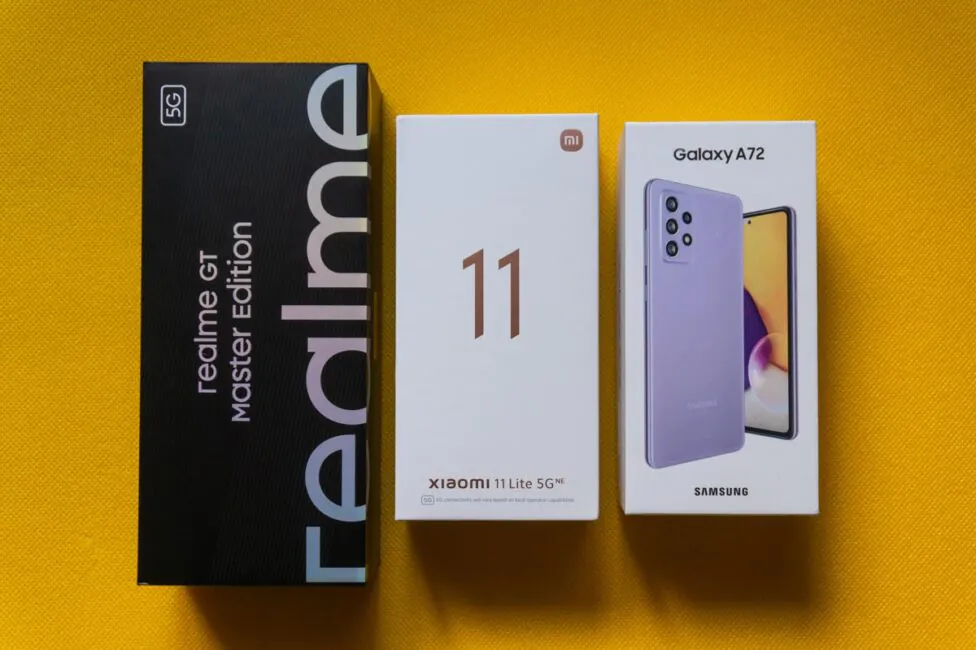
The set of smartphones is actually different and the Samsung Galaxy A72 turned out to be the most modest: it has a 25 W USB-C power adapter, a USB-C/USB-C cable, a SIM eject tool and documentation. No protective covers, headphones or anything else – just a minimal set with everything you need and nothing more.
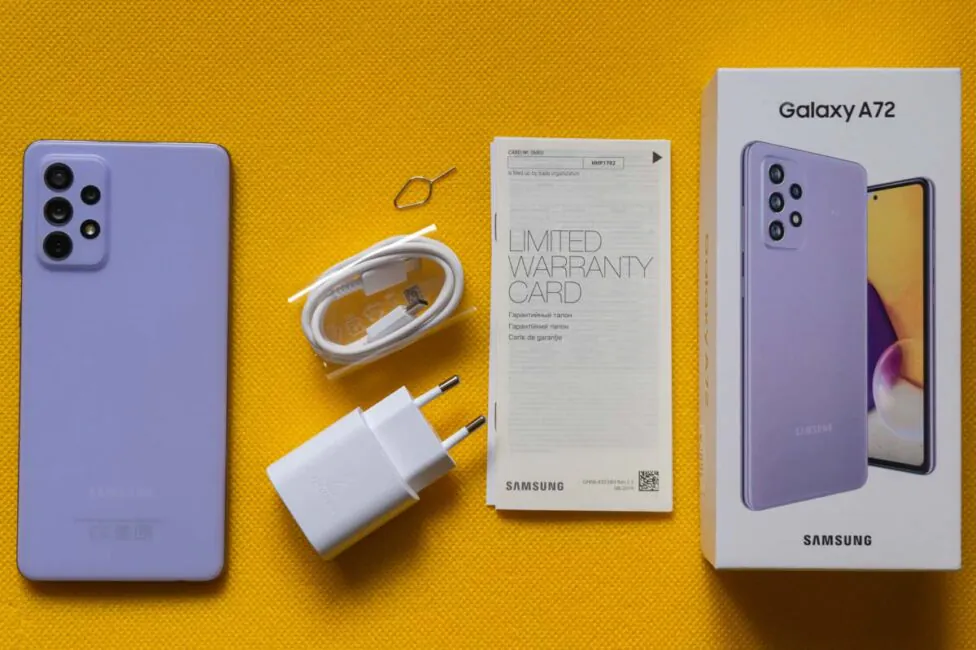
The situation is more interesting with the Xiaomi 11 Lite 5G NE smartphone. In the box with it, you can find a power adapter (33 W), a USB Type-A/Type-C cable, an adapter for connecting Type-C/3.5-mm wired headphones, a transparent silicone case, a SIM eject tool and a set documentation. The case is extremely simple, not of the highest quality, but at least it is included.
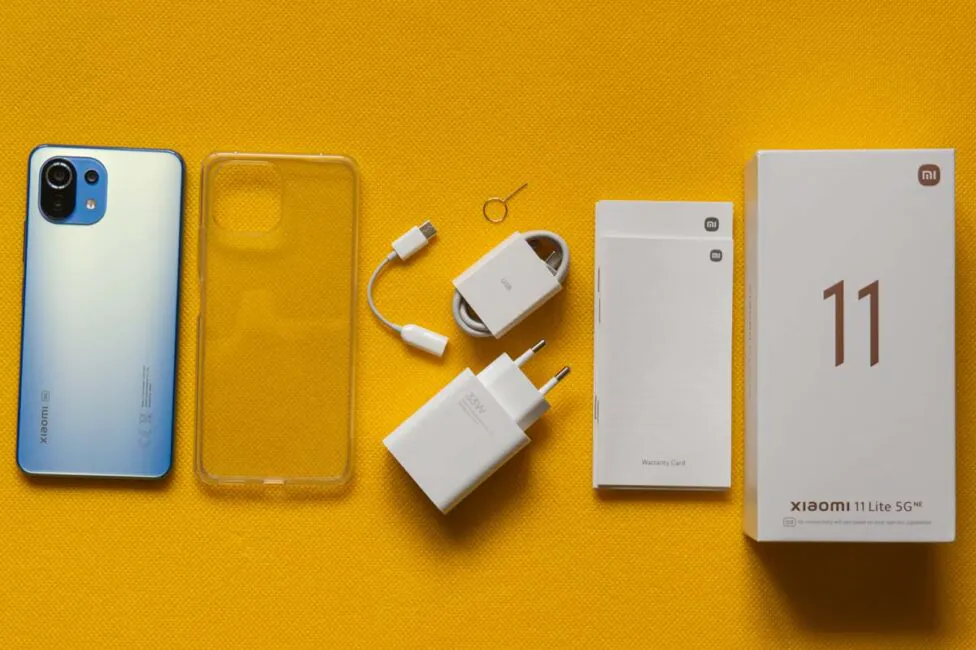
Finally we come to the realme GT Master Edition. The included power adapter is the most powerful one, at 65 W, but as in the case of the Xiaomi smartphone, it has a USB Type-A output. There is also a meter-long USB Type-A/Type-C cable, a gray silicone case, a SIM card eject tool and documentation. The protective case is quite good: high-quality material, that looks like the back of the smartphone and, in general, it is much more pleasant than a simple transparent case. Definitely one of the best bundled cases there is.
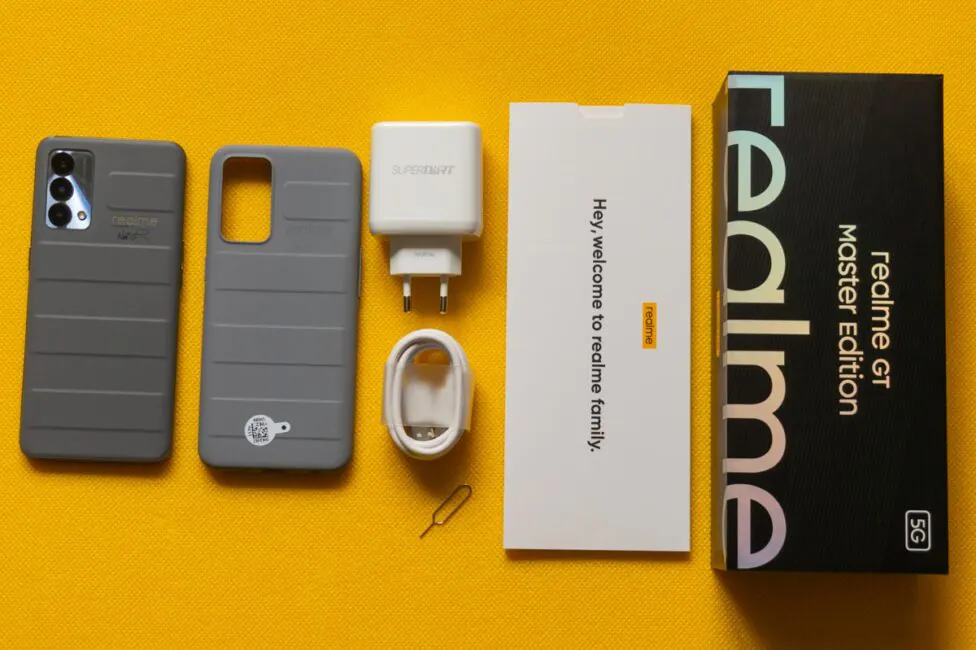
I will tell you about the charging speed of all smartphones separately, although even now, by the power of the adapters, one can guess that one smartphone from this trio is a clear leader. But let’s not get ahead of ourselves.
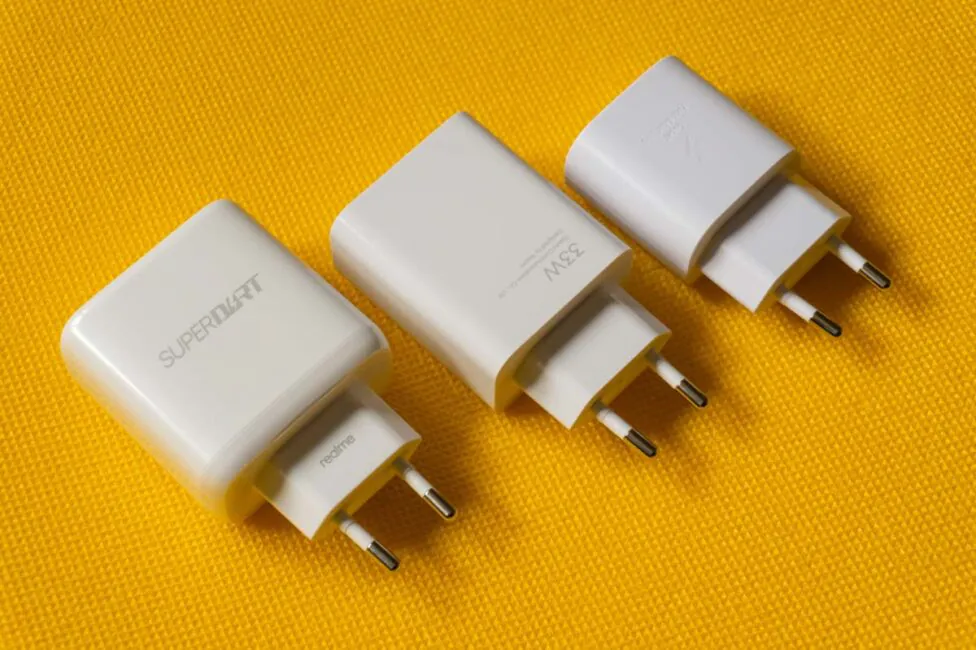
Read also: Realme GT review: Track-Worthy Smartphone for the Masses
Design, materials and layout
The design of all three smartphones is in line with the latest trends. Each manufacturer has tried to maintain brand awareness, but in the case of the realme GT Master Edition, there are some really unique design solutions. But we will start, as always, with less interesting things, namely, with the front panels of smartphones.
As I already noted, smartphones look relevant and this also applies to their front design. In all three cases, we are dealing with thin bezels and a front-facing camera embedded directly into the screen. The bezels aren’t symmetrical in any of the presented smartphones, since they all differ at the bottom. But the thinnest of all is the Xiaomi 11 Lite 5G NE.
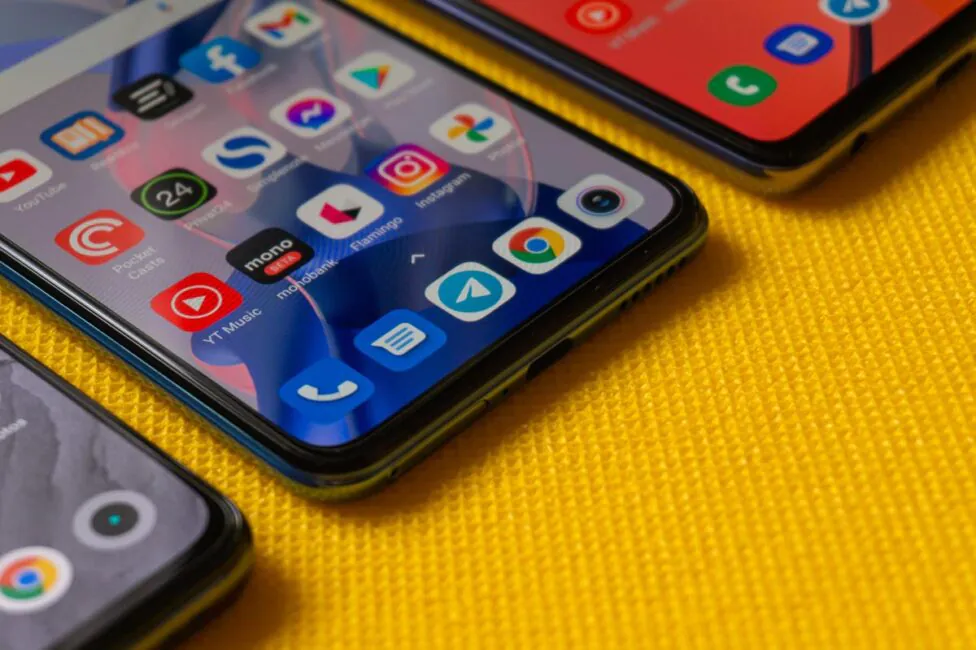
The front-facing cameras are located at the top of the screens and in all cases their diameter is relatively small, but the Samsung Galaxy A72 stands out the most in this regard. Firstly, his camera is in the center, and not in the left corner, like the other two. Symmetrical arrangement is always welcome. Secondly, the camera peephole itself turned out to be the most compact of all. However, it is highlighted with an additional silver edging, which is why it more often attracts the user’s eye.
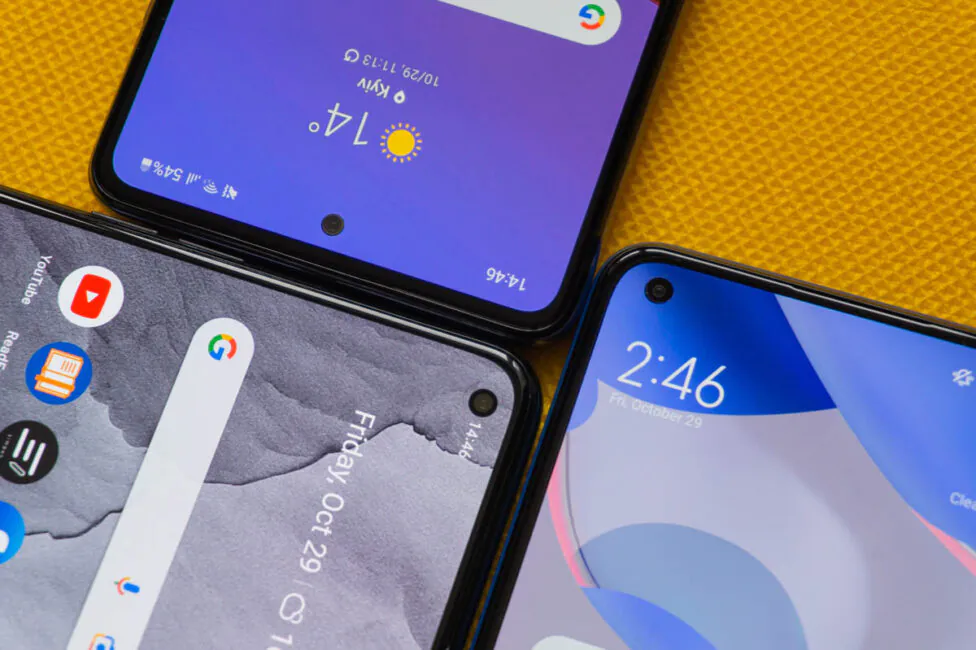
The back panels are much more interesting and different, and I think many will agree that the most interesting phone is from realme. It’s actually different, unlike the gradient in Xiaomi, which has been used in almost every smartphone of the company for several years, and the calm monotonous coloring, which Samsung often resorts to this year.
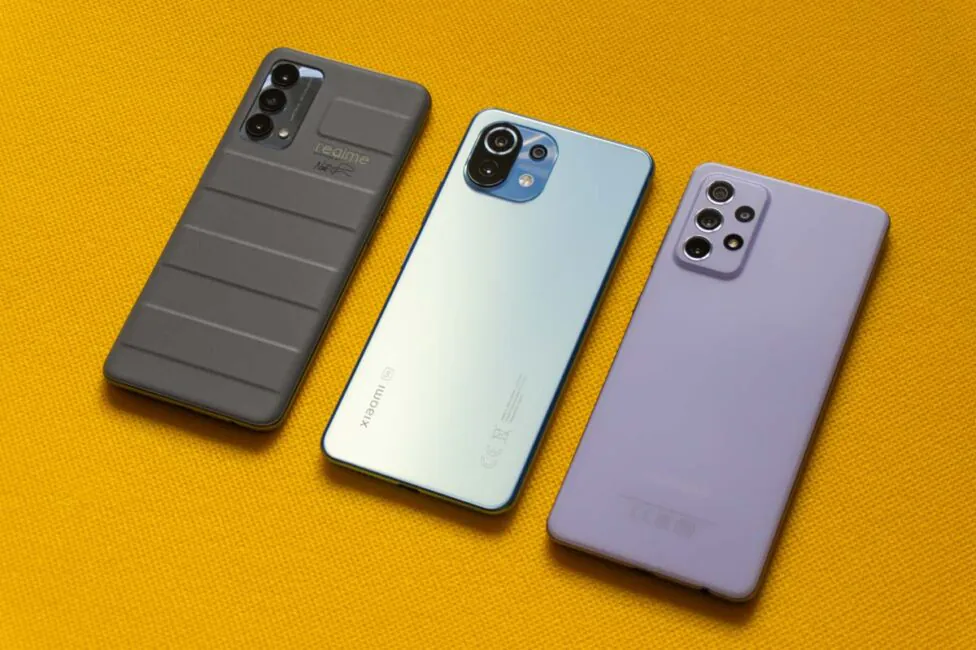
As a matter of fact, the Master Edition prefix in the name of the realme smartphone is used for a reason. The design of the smartphone in Voyager Gray was developed by the famous Japanese industrial designer-minimalist Naoto Fukasawa, and he was inspired by an orinary travel suitcase. I think this is noticeable in the neutral gray color of the device and the horizontal concave guides. The design actually resembles a valise and looks extremely unusual.
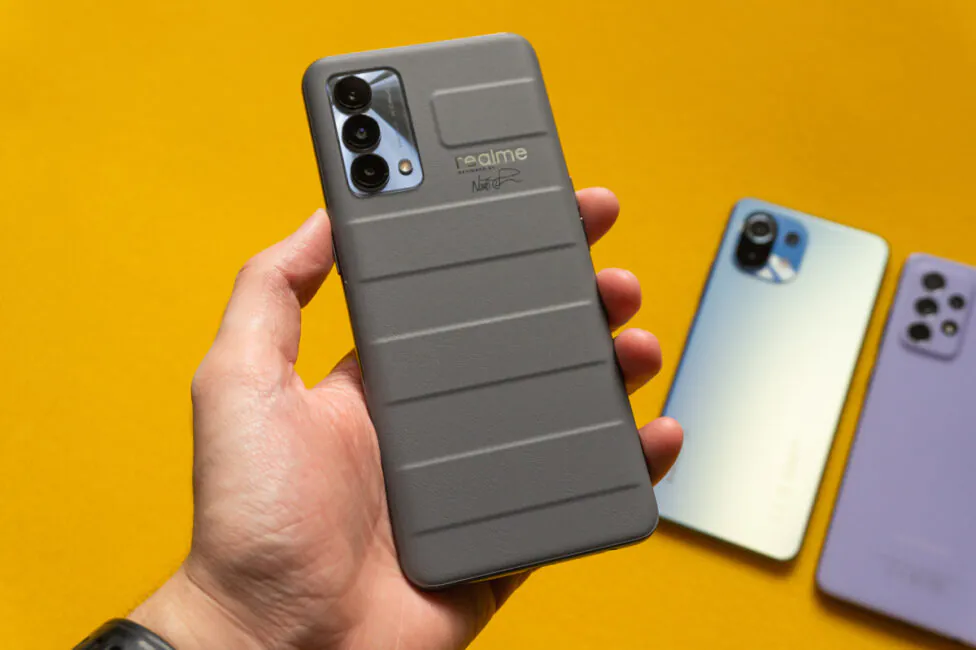
This case is complemented by the silver realme logo, which is in a rather unusual place, with the designer’s signature in the form of a thin nano-engraving below it. The camera block also received a more neutral design. It has a silvery glass pedestal, on which three dark round modules with a flash and a barely noticeable inscription are lined up in a row. What is nice, the modules practically do not protrude above the surface of the case.
The material of the back of the realme GT Master Edition is also not the most ordinary – it is soft and pleasant tacile eco-leather. The edges of the smartphone with a glossy finish are painted in silver. Although it is made to look like metal, it is actually plastic. The body of the smartphone does not have any protection against dust and moisture, at least it is not officially certified according to any of the known standards.

Compared to the realme, the Xiaomi 11 Lite 5G NE no longer looks unique since, as noted earlier, such a gradient is used often. In general, the design of the Xiaomi 11 Lite 5G NE completely repeats the design of the original Xiaomi Mi 11 Lite. In our case, the smartphone is blue (Bubblegum Blue), the gradient is pleasant to the eye and shimmers nicely in the light.
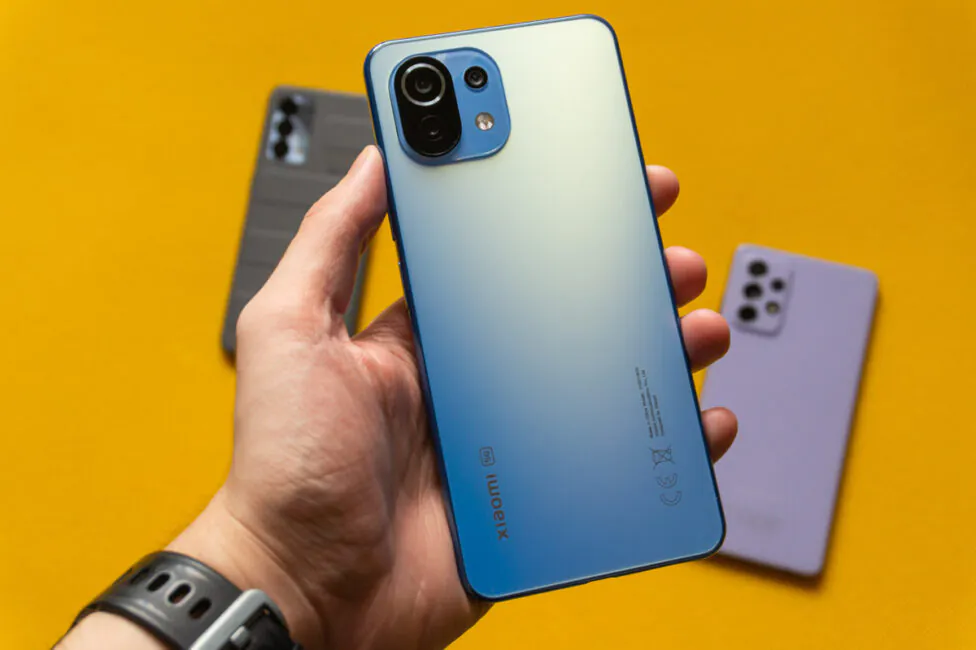
The cameras look traditional for devices of the Mi 11 series (and not only). It has two parts, with a square base with rounded corners and one camera and flash, and a black oval block with two more modules. The main one is highlighted with an additional silver edging, and the block itself protrudes only 1.77 mm above the back surface. The surface of the glass back with a pleasant-looking and tactile anti-reflective matte finish. This color makes it very difficult to leave stains, and even more so fingerprints, and if you manage to get it dirty somehow, cleaning it is extremely easy.
The plastic edge around the perimeter is a different story: it has a glossy finish and gets very dirty. One of the pleasant features of the Xiaomi 11 Lite 5G NE case is protection against water and dust according to the IP53 standard. Not ideal, but at least something, unlike the first smartphone from our comparison.
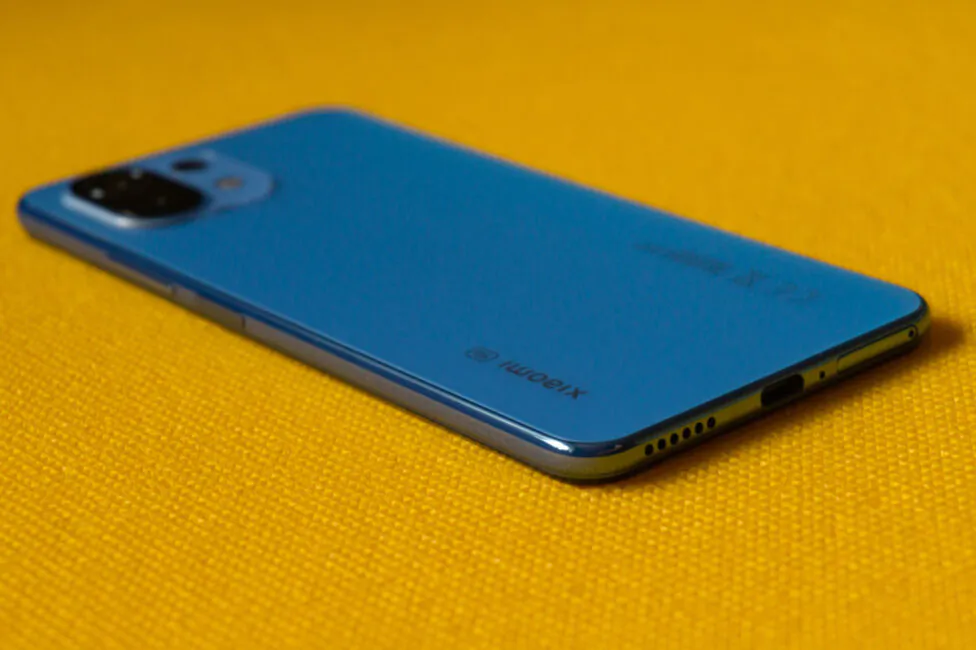
The visual design of the Samsung Galaxy A72 is perhaps the simplest and most concise of all smartphones presented in this comparison. This is the so-called seamless design with streamlined contours, which creates an almost monolithic structure. The body of the device stands out only with its trendy Awesome Violet color, without any additional effects.

The block of cameras, although it protrudes well above the surface, is not distinguished by anything else and actually merges with the back. Of course, the modules themselves are edged and most of them are rather large in diameter, but in general, the block looks very minimalistic compared to the previous ones. The back of the smartphone is made of plastic with a matte finish and it is also difficult to get dirty. It feels less smooth than the back of the Xiaomi 11 Lite 5G NE.
The edge is similar to the first two smartphones – plastic, glossy and easily collects traces of use. But the indisputable advantage of the Galaxy A72 is the protection according to the IP67 standard; smartphone should survive short-term immersion under water to a depth of 1 meter.
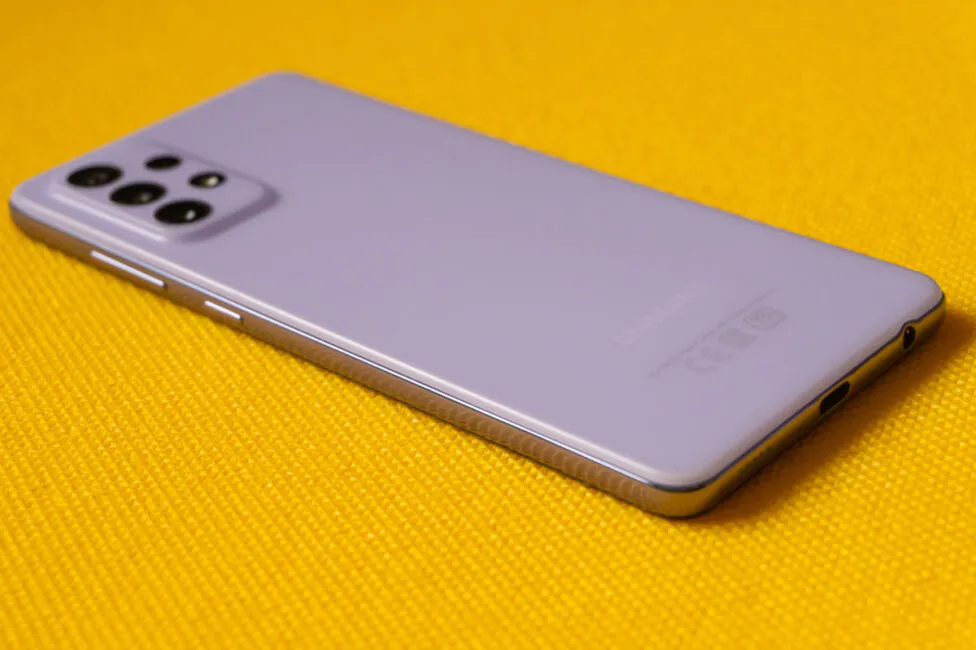
The layout of elements and their very number in smartphones is slightly different. In the realme GT Master Edition and the Samsung Galaxy A72, some of them are located in different places, but at least they are the same. Whereas the Xiaomi 11 Lite 5G NE, for example, lacks a 3.5mm audio jack. Realme and Samsung have one and are in the same place below. But Xiaomi has an infrared port for controlling household appliances at the top.
Read also:
- Realme GT review: Track-Worthy Smartphone for the Masses
- Xiaomi 11T Pro review: Flagship smartphone with super fast charging
- Samsung Galaxy Z Fold3 5G review: Addictive foldable smartphone
Ergonomics and ease of use
In terms of size and ease of use, I would like to compare the realme GT Master Edition and the Xiaomi 11 Lite 5G NE, since the third smartphone, Samsung Galaxy A72, is the largest and heaviest of the bunch.
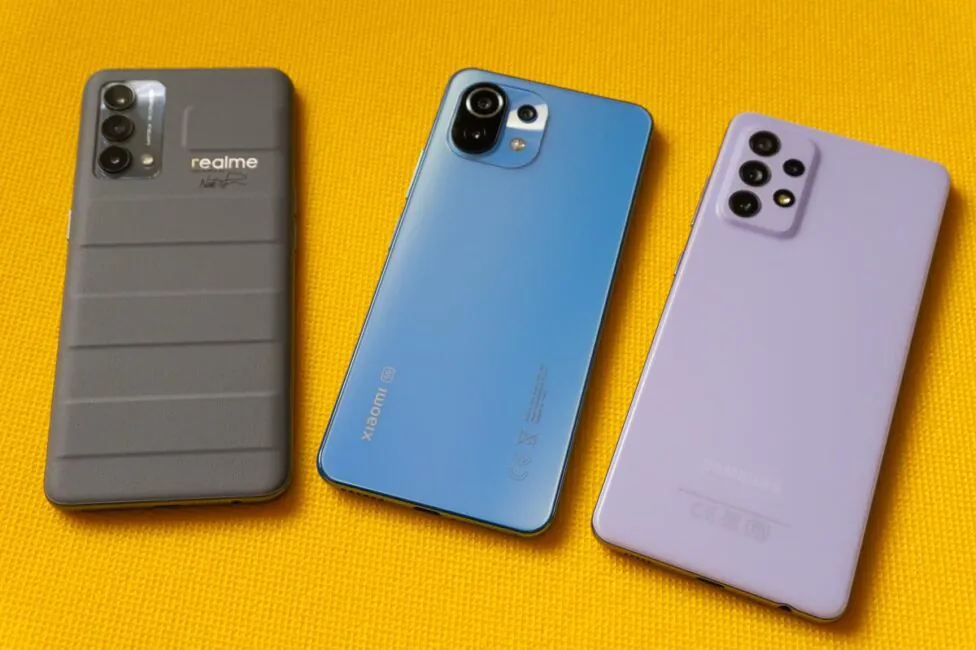
These are not its shortcomings, just a fact – the smartphone offers the largest 6.7-inch display, but you have to put up with its equally large dimensions 165 × 77.4 × 8.4 mm and a weight of 203 g. It’s hard to use it with one hand.
On the one hand, I would like to praise the Xiaomi 11 Lite 5G NE for its thickness and weight with a 6.55″ screen. It is thin (only 6.8 mm) and unusually light, as for a modern smartphone (158 g). It is very pleasant to hold in the hand and it seems the most refined compared to realme, even more so compared to the Galaxy A72. But at the same time it is relatively wide and tall: 160.5 × 75.7 mm. The buttons are also placed on the same edge, but it’s still convenient to use.
realme GT Master Edition has the smallest display – 6.43″, and therefore it is the most compact of all, except for the thickness of the case and weight: 159.2 × 73.5 × 8.7 mm and 180 g. Personally, it seemed to me the most balanced in all respects: it fits very well in the hand, the keys are spaced apart on different sides. Holding it is very nice.
Displays
Smartphones received displays that are quite different in many basic parameters. Of the similarities of all three devices, one can single out perhaps the same resolution and aspect ratio, but otherwise they differ quite a bit. Immediately, I note that, at least on paper, the realme GT Master Edition smartphone has the most sophisticated screen. But is this true?

| realme GT Master Edition | Xiaomi 11 Lite 5G NE | Samsung Galaxy A72 | |
| Display size | 6,43” | 6,55” | 6,7” |
| Matrix Type | Super AMOLED | AMOLED | Super AMOLED |
| Resolution | 2400×1080 pixels | 2400×1080 pixels | 2400×1080 pixels |
| Pixel density | 409 ppi | 402 ppi | 394 ppi |
| Aspect Ratio | 20:9 | 20:9 | 20:9 |
| Peak brightness | 1000 nits | 800 nits | 800 nits |
| Refresh Rate | 120 Hz | 90 Hz | 90 Hz |
| Frequency | 360 Hz | 240 Hz | 180 Hz |
| Other | DC Dimming | Dolby Vision, HDR10+ | SGS Eye Care |
All three displays are quite good – these are high-quality AMOLED screens with all the consequences: high brightness, excellent contrast and very wide viewing angles. But if you place all three smartphones with the same image next to each other, then the difference can be seen with the naked eye. But, of course, a lot will depend on the selected color display mode in the settings.
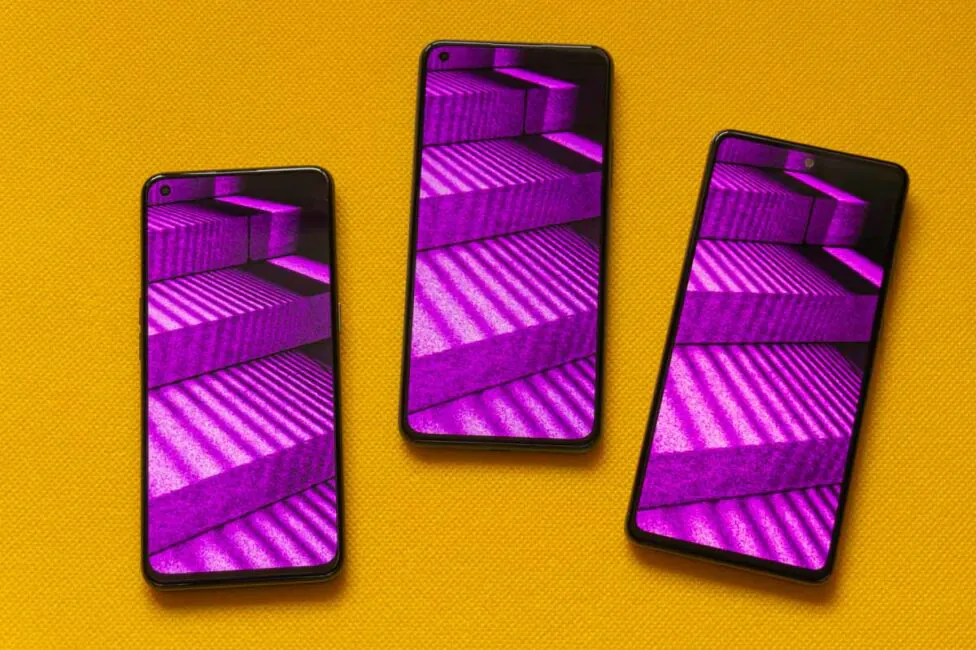
If you set the same profiles on all three, let’s say with the most saturated colors, then the most contrasting and saturated image will be on the Samsung Galaxy A72. The picture of Xiaomi 11 Lite 5G NE is close to it in saturation, but as for me, it is slightly less contrasting. Also, they have in common the temperature of the screen, which by default is quite cold. The realme GT Master Edition offers warmer tones compared to the rest, and in terms of saturation and contrast, it is a cross between Xiaomi and Samsung.
In terms of color reproduction, the realme the most balanced. The overly vibrant Samsung screen is also something many users love, while the Xiaomi is more natural. The he Xiaomi 11 Lite 5G NE is also the most bright of the bunch, in second place is the realme GT Master Edition, and the third the Samsung Galaxy A72. But in automatic mode the realme is brightner, Samsung turned out to be almost as bright, and after it comes Xiaomi.
As for the traditional green-pink tint of white at certain angles, it is fully present when it comes to realme and Samsung, but Xiaomi simply acquires a slightly bluish tint. At least it’s less annoying.
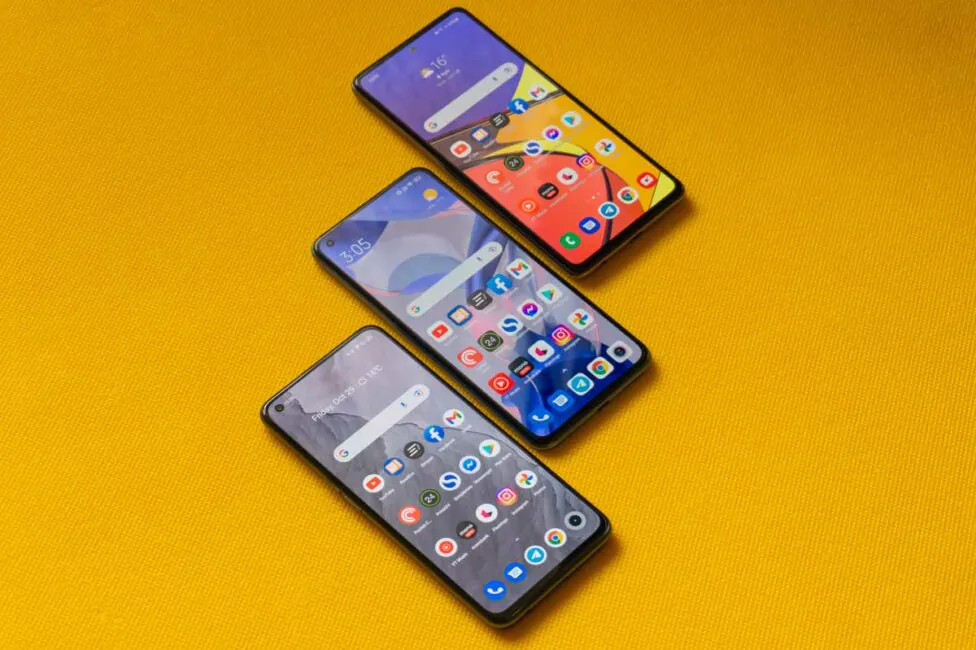
The refresh rate in all three smartphones is increased. The Realme GT Master Edition has the highest (120Hz), while Xiaomi and Samsung have 90Hz screens. It is clear that 120 Hz feels and looks nicer, so the realme GT Master Edition has an advantage here. Of the features, it can be noted that the frequency is automatically reduced to 60 Hz in order to save battery power on realme and Xiaomi, but Samsung keeps 90 Hz in all apps, although it is not needed at all when watching videos, for example.
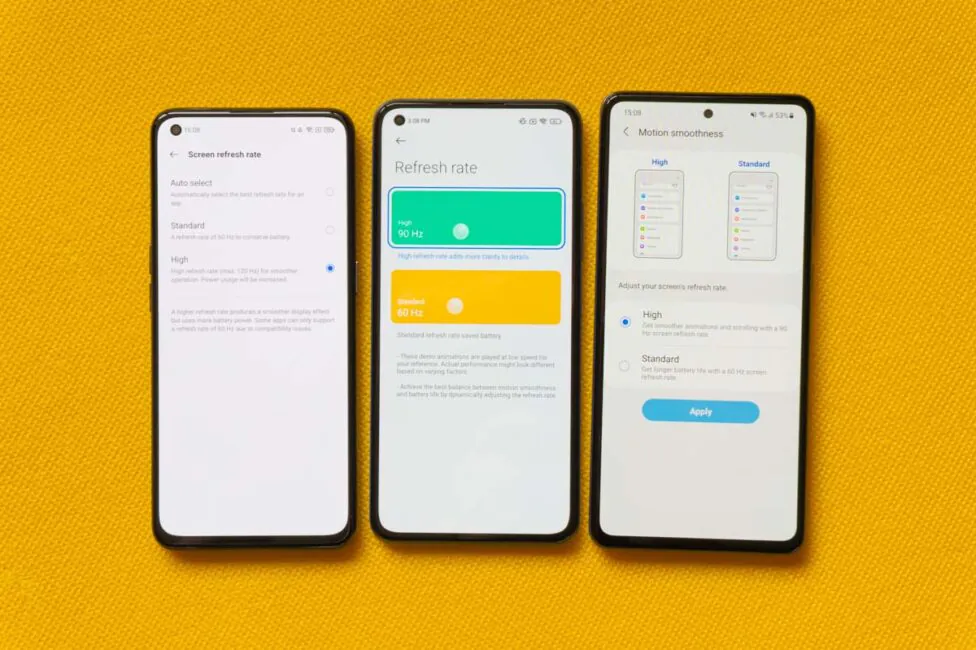
There are plenty of settings for all displays. DC dimming can only be enabled on the realme GT Master Edition. You can display time on the deactivated screen, and this is true for all three phones. There are different watch faces, and you can create your own. On realme and Samsung, the function works on a schedule, by touch or constantly during the day, but Xiaomi only shows it for 10 seconds after touching the screen.
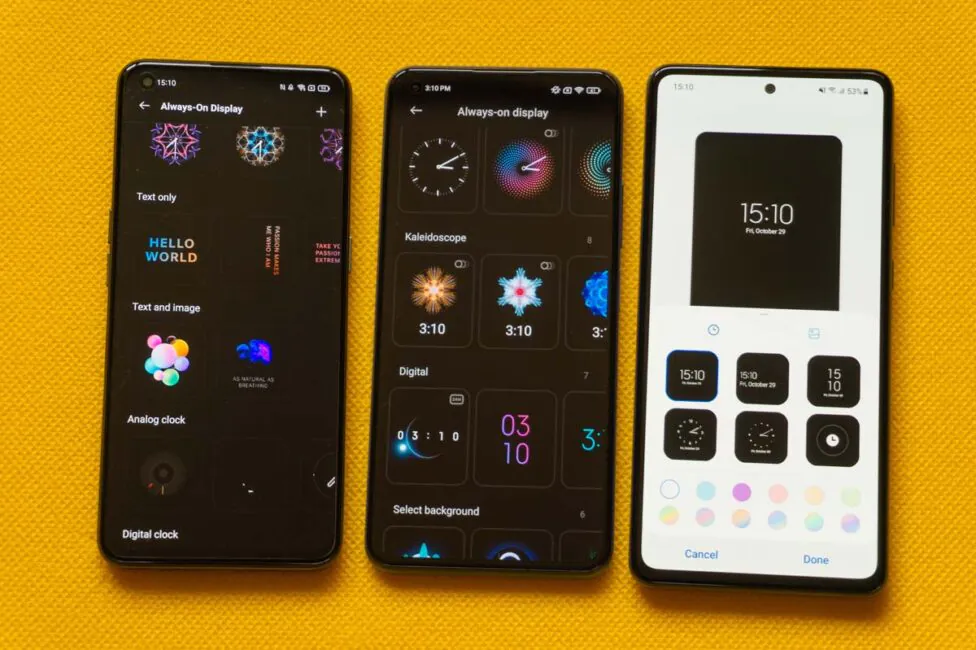
Read also:
- realme C21Y review: Decent budget phone with NFC and 5000 mAh
- Xiaomi Mi 11 Lite review: an imposter?
- Samsung Galaxy Z Flip3 review: Better, cheaper and… for everyone?
Performance
The chipset in the realme GT Master Edition and the Xiaomi 11 Lite 5G NE is identical – Qualcomm SM7325 Snapdragon 778G 5G. This is a 6nm platform with eight cores divided into two clusters: 4 Kryo 670 cores run at a maximum clock speed of up to 2.4 GHz and 4 Kryo 670 cores run at up to 1.9 GHz. Adreno 642L is used as a graphics accelerator.
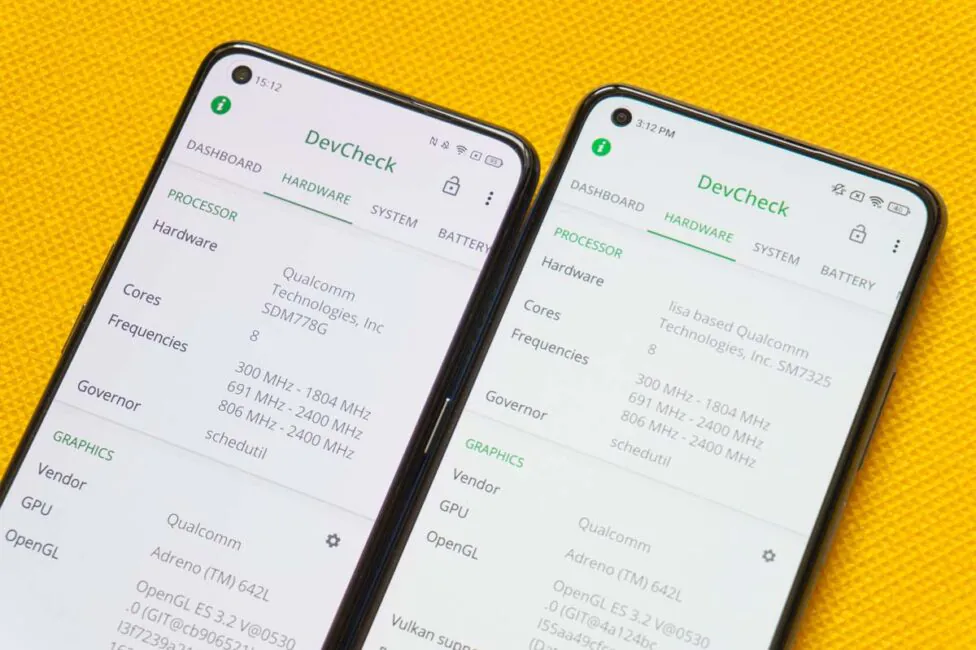
In the Samsung Galaxy A72, the platform is older – Qualcomm Snapdragon 720G, baed on 8nm. It includes 8 cores, which are also divided into two clusters: 2 high-performance Kryo 465 Gold cores with a maximum clock speed of up to 2.3 GHz and 6 Kryo 465 Silver cores with a clock speed of up to 1.8 GHz. The graphics are also weaker: Adreno 618.
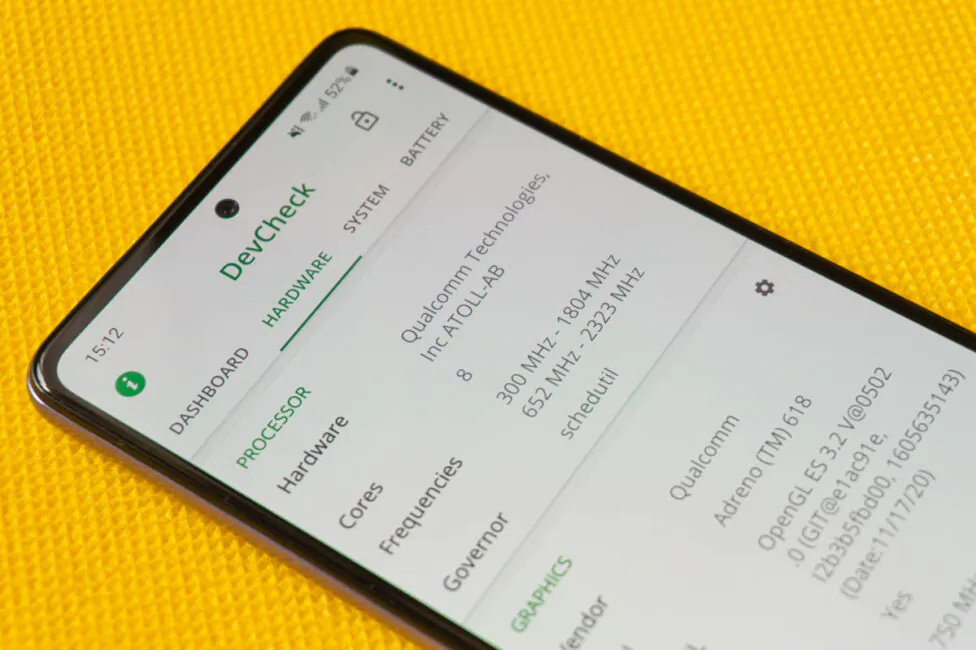
In various benchmarks and tests, the new Snapdragon 778G turned out to be significantly more powerful than the Snapdragon 720G. But what is no less interesting, the realme and the Xiaomi smartphones differ in the implementation of the chipset. The difference in synthetics, of course, is small and in some tests the GT Master Edition scores more points, and in some Xiaomi 11 Lite 5G NE comes on top.
Another thing is the test for throttling and CPU stability. In 15 minutes of the test, the performance of the Xiaomi 11 Lite 5G NE processor decreased by 22%, while the realme GT Master Edition only lost 11%. Its recorded GIPS value is even higher than the average for Xiaomi. But the Samsung Galaxy A72 certainly did the best, losing just 6% of its maximum performance level.
RAM in each smartphone can be 6 or 8 GB. Either way is enough for the normal operation of the device, and realme even has such a thing as virtual RAM. The default is 3 GB, but can be expanded to a maximum of 5 GB in the developer settings.
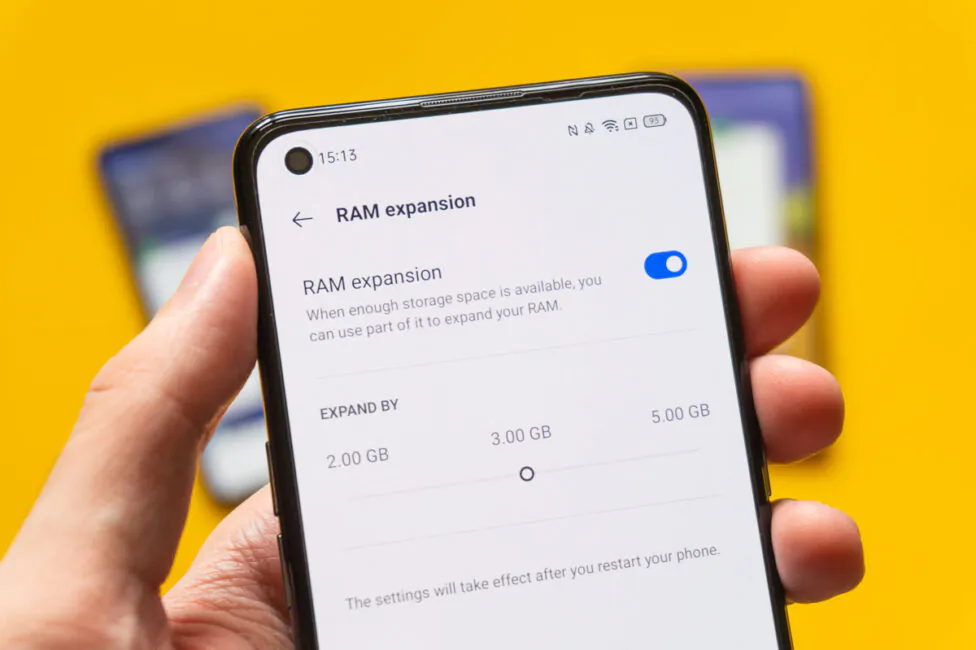
There can be either 128 or 256 GB of storage, but the type of memory is different. In realme and Xiaomi it’s UFS 2.2, in Samsung the drive is slightly slower, UFS 2.1. In Samsung, of 256 GB the user has 225.71 GB, in realme of the same modification user gets 225.47 GB, and the Xiaomi smartphone in the 128 GB configuration offers 105.47 GB. You can expand the memory with a microSD card (up to 1 TB) only in the case of the Xiaomi 11 Lite 5G NE and the Galaxy A72 you need to sacrifice a second SIM card (it’s a combined slot). For some reason, the GT Master Edition has no such option.
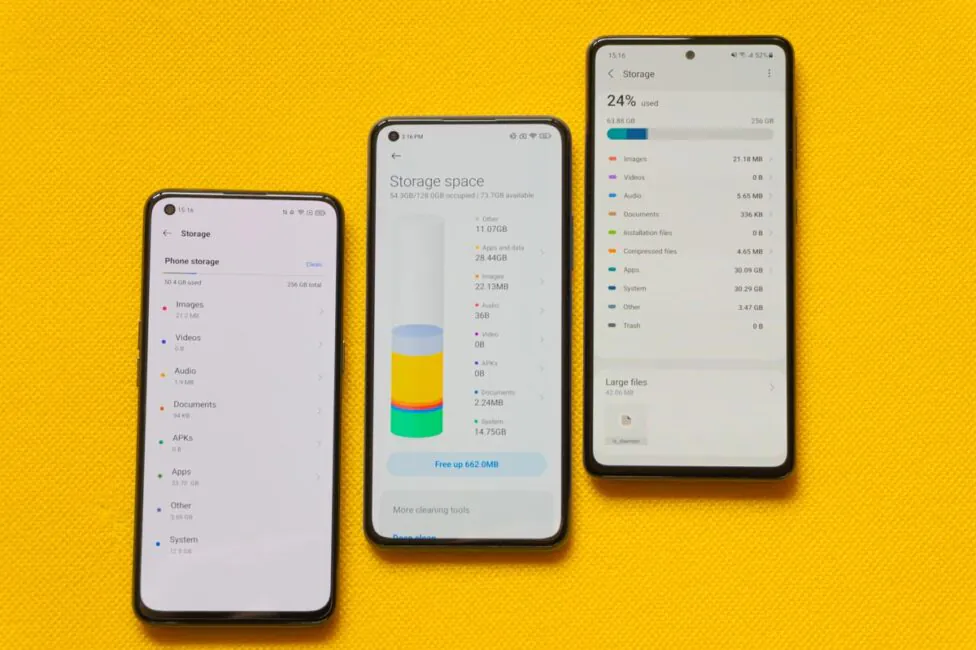
In everyday use, all smartphones are fast and relatively smooth, with almost no slowdowns (occasionally observed on the Galaxy A72). But the system animations are different, and therefore, when compared directly, it seems that the fastest of them is the realme GT Master Edition. Not least because of the 120 Hz refresh rate.
In games, the devices behave differently and it is obvious that the realme and the Xiaomi show slightly better results in demanding titles. Plus, higher graphics settings will be available for these smartphones. Therefore, in the games from the table below, the same settings were set for the purity of the experiment, despite the presence of higher ones on realme and Xiaomi. The measurements were taken using the GameBench utility.
| Game, graphics settings | realme GT Master Edition | Xiaomi 11 Lite 5G NE | Samsung Galaxy A72 |
| Call of Duty: Mobile
(very high, all effects except rays are active) |
40 FPS | 39 FPS | 37 FPS |
| Genshin Impact
(medium, 60 fps) |
48 FPS | 29 FPS | 34 FPS |
| PUBG Mobile
(high, anti-aliasing and shadows are active) |
40 FPS | 40 FPS | 30 FPS |
| Shadowgun Legends
(high, 60 fps) |
58 FPS | 61 FPS | 45 FPS |
Note that Call of Duty: Mobile has a maximum frame rate limit of up to 40 FPS, and PUBG Mobile allows up to 30 fps with the Snapdragon 720G. The only confusing thing is how Xiaomi runs Genshin Impact. Most likely there are some problems with the software, because the difference is almost 20 FPS compared to realme on the same hardware. But in general, you can comfortably play any games on both, although not always with maximum graphics. The Galaxy A72 is worse for objective reasons, and the Game Launcher is almost useless most of the times.
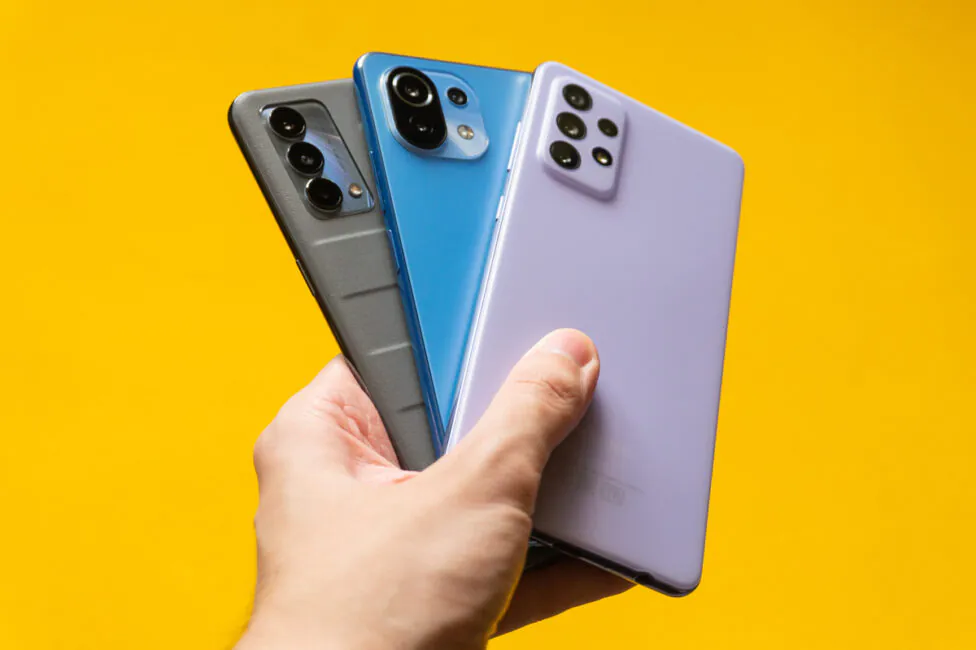
Read also: Xiaomi Mi 11i review: the most affordable flagship on Snapdragon 888
Cameras
Smartphones partially differ when it comes to the number of cameras, and if the realme GT Master Edition and Xiaomi 11 Lite 5G NE have three modules each, then the Samsung Galaxy A72 has one more module. In addition to the wide-angle, ultra-wide-angle and macro module, the latter also has a full-fledged telephoto for 3x optical zoom.
| realme GT Master Edition | Xiaomi 11 Lite 5G NE | Samsung Galaxy A72 | |
| Wide-angle module | 64 MP, f/1.8, 25 mm, 1/2″, 0.7 µm, PDAF | 64 MP, f/1.8, 26 mm, 1/1. 97″, 0.7 µm, PDAF | 64 MP, f/1.8, 26 mm, 1/1. 7″, 0.8 µm, PDAF, OIS |
| Ultra-wide angle module | 8 MP, f/2.2, 119, 1/4.0″, 1.12 µm | 8 MP, f/2.2, 119, 1/4.0″, 1.12 µm | 12 Mp, f/2.2, 123, 1.12 µm |
| Macro module | 2 MP, f/2.4 | 5 MP, f / 2.4, 50 mm, 1/5. 0″, 1.12 µm, AF | 5 MP, f/2.4 |
| Telephoto module | — | — | 8 Mp, f/2.4, 1.0 µm, PDAF, OIS, 3x optical zoom |
It makes no sense comparing telephoto with digital zoom on the first two smartphones. Optics are optics, and in any case, a full-fledged module for shooting with close-up will be preferable to digital zoom. Moreover, telephoto in Samsung has an optical stabilization system. So in the comparative examples below, we will only be comparing the wide-angle, ultra-wide-angle and macro modules.
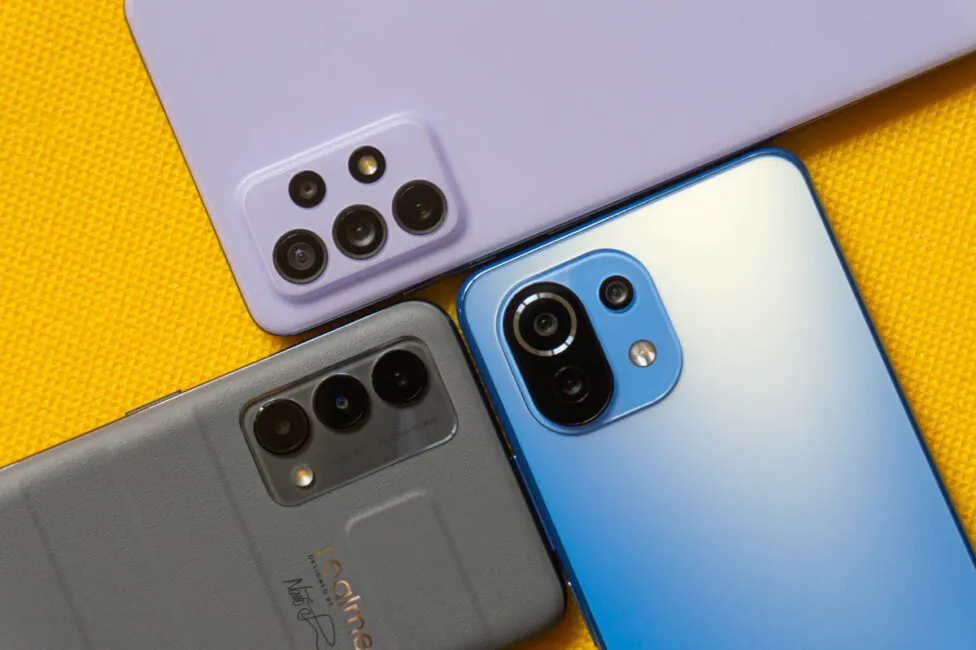
All the photos below were taken in automatic shooting mode, with HDR turned off and without AI. The originals in full resolution from each smartphone can be found in a folder on Google Drive.
The first thing you can see in the examples below is a different approach to color rendition. Realme always produces more juicy colors and a “cold” tint. In the pictures from Xiaomi, it’s the opposite: you get a “warmer” tone and natural color rendition. Samsung, on the other hand, often finds itself somewhere in the middle in terms of white balance and color rendition, although there are situations when it also slightly screws up the white balance.
In terms of detail, smartphones show similar results, but if you carefully examine the pictures on the big screen, then those photos that were taken with Samsung and Xiaomi look sharper. But they also have a little more digital noise. Noise is perfectly suppressed by realme, even if some small details disappear at the same time.
Smartphones have night modes, and they do their job well. There is practically no noise. The Galaxy A72 gets you sharper images, but it handles light sources worse than others. The realme GT Master Edition and Xiaomi 11 Lite 5G NE show almost identical results in terms of working with light sources and sharpness, but as always, there is a difference in color rendering.
If we talk about the full resolution of 64 megapixels, then smartphones also show different results. The realme GT Master Edition, traditionally, embellishes colors, but in terms of detail and clarity, it is worse than others. The Xiaomi 11 Lite 5G NE creates “warmer” and much more detailed shots, but does not reach the level of Samsung Galaxy A72, which is more accurate.
Video can be shot with the main modules in a maximum resolution of 4K at 30 FPS for all three smartphones. The Realme GT Master Edition and the Xiaomi 11 Lite 5G NE have electronic stabilization even at maximum resolution, and the Samsung Galaxy A72 has full optical image stabilization on the main module. Of course, it works better than electronic, and the image itself is not cropped at all, unlike the first two. The quality of the videos is more pleasant on Xiaomi and Samsung, and realme, in addition to the already familiar bluish tint, has some kind of excessive sharpness.
The ultra-wide-angle cameras of all three smartphones are not very good and show okay results only in excellent lighting. The color rendition is different, but the Xiaomi 11 Lite 5G NE is often the closest to reality. The Galaxy A72 has an advantage over the others in two respects: a wider viewing angle and higher detail, but the pictures sometimes come out too contrasty, for me. Realme shots are average in everything: not very wide dynamic range, low detail and more pronounced digital noise.
I don’t even want to talk about night shooting with these modules, since all three shoot extremely poorly in such conditions. It’s nice that there is at least a night mode. It works in every smartphone and for an ultra-wide angle as well, but it doesn’t help much, of course. And while the photo will definitely be lighter, it won’t have natural colors or good details.
The Samsung Galaxy A72 stands out for its ultra-wide video shooting. It supports the maximum resolution of 4K at 30 FPS, albeit without electronic stabilization. The maximum resolution for realme and Xiaomi is lower: 1080P with the same 30 FPS and electronic stabilization. But the latter is not important for an ultra-wide-angle camera.
With cameras for macro, things are predictable and the worse the characteristics of the module itself, the worse the smartphone shoots with this camera. The realme GT Master Edition has only 2 megapixels with a fixed focus, the Galaxy A72 has a higher resolution – 5 megapixels, but with the same fixed focus. That is, you can shoot with these two smartphones only at a distance of 3-4 cm from the subject. In turn, the Xiaomi 11 Lite 5G NE received a 5 megapixel module with 50 mm EGF and autofocus. A little life hack for the A72 – with ideal lighting you can shoot macro and with a telephoto lens.
The example below clearly shows all the difference: the realme photo is “dirty” and with a strange faded color rendition. Samsung has done a little better, in any case there are more natural colors. The picture taken on Xiaomi looks as right as possible in colors and it is clearly seen that the subject was shot right up close and with focus on the foreground.
In order to finally close the question with macro – another example with pebbles. In the example with realme, there are practically no details, the same strange color rendition and a greenish tint are observed. The Galaxy shot definitely better and came out sharp with fine detail and normal colors. But still, look at how close you can shoot with Xiaomi. Due to autofocus, the scope of the module is significantly expanded.
Front cameras. Realme uses a 32MP module (f/2.5, 1/2.74″, 0.8µm, 26mm), Xiaomi has a 20MP module (f/2.2, 1/3.4″, 0.8µm, 27mm), and Samsung also has a 32 Mp selfie camera (f/2.2, 1/2.8″, 0.8 µm, 26 mm). The Xiaomi 11 Lite 5G NE is the best, both in terms of detail and color rendition. The Realme has too contrasting pictures, although the viewing angle is the widest of all, and the photos from Samsung are a little lacking in clarity. The Xiaomi can only shoot in 1080P with 60 FPS, and on realme, recording is limited to 1080P with 30 FPS.

In the native camera apps in all smartphones there is a big variety of shooting modes for both photo and video. Advanced manual settings are available, and realme and Xiaomi can also save pictures in uncompressed format (RAW) for subsequent manual processing in a photo editor. Of the interesting and unusual modes in realme, one can note a special one for street photography with appropriate presets and manual focus. The Xiaomi 11 Lite 5G NE is famous for its wide range of cinematic effects, and the Samsung Galaxy A72 can produce several processed photos and short clips at once with one press of the shutter button.
Unlocking
Of the biometric unlocking methods, all three smartphones have fingerprint unlocking and face recognition. The second method is implemented with the help of front cameras, which is expected, but the first with a corresponding scanner. But the scanners themselves are different: in realme and Samsung smartphones they are of the optical type and are built directly into the screen (or under the screen), while Xiaomi has the capacitive type located right in the power button on the right side.
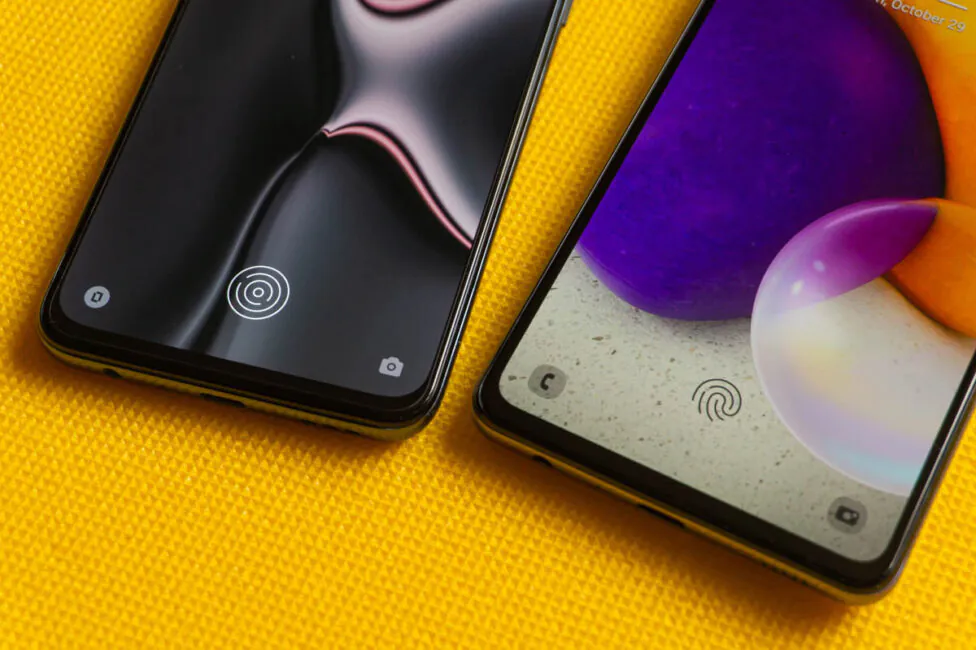
Even if such a scanner is not the most modern, it’s still reliable as a Swiss watch. In terms of stability and unlocking speed, it is simply perfect. It works in 10 out of 10 cases and instantly. As always, there are two recognition methods to choose from: on touch or by pressing. The first option does not require any effort, which is why sometimes it might unlock when you don’t want it to. The second one is triggered only after a full press of the button.
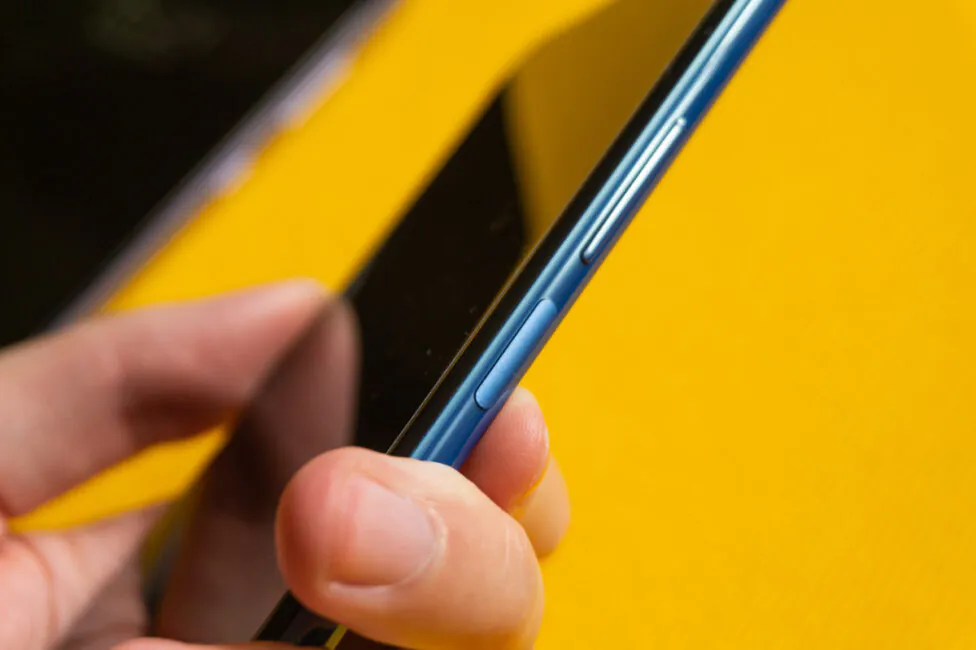
Now let’s compare the in-screen optical scanners in the GT Master Edition and the Galaxy A72. Both of them are not placed in the best place, and are rather low, and you will have to get used to it initially. However, the scanner of the realme works twice as fast as the Samsung device. In terms of stability, they are generally equal, there are few errors, but in terms of speed, the difference is significant. The realme is a lot faster. In fact, in terms of unlocking speed, the GT Master Edition optical scanner is quite close to the capacitive one in the Xiaomi 11 Lite 5G NE, and this is good news.
In the realme settings, you can select one of eight scan animations and assign the launch of a hidden app when you apply a certain finger, as well as enable the display of a hint icon on the screen.
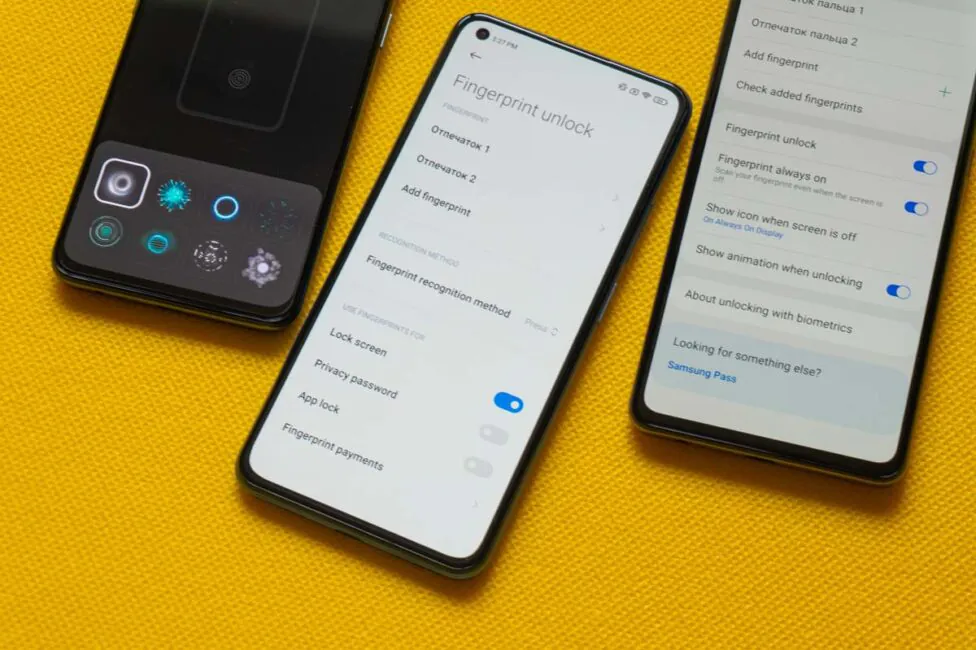
The second method of unlocking by face recognition on all smartphones works quickly and in almost any conditions. I would definitely put GT Master Edition in first place in terms of the speed of the method. With the Xiaomi 11 Lite 5G NE, the method is almost as fast, but due to system animations it seems a little slower. Here the Galaxy A72 is definitely slower to recognize the owner. Ideal conditions for this method are excellent ambient lighting, in total darkness it will not work by default. But the GT Master Edition with the Galaxy is able to increase the brightness of the display backlight, thereby highlighting the face. Of course, it will not be very comfortable for the eyes, but unlike Xiaomi, at least there’s an option.
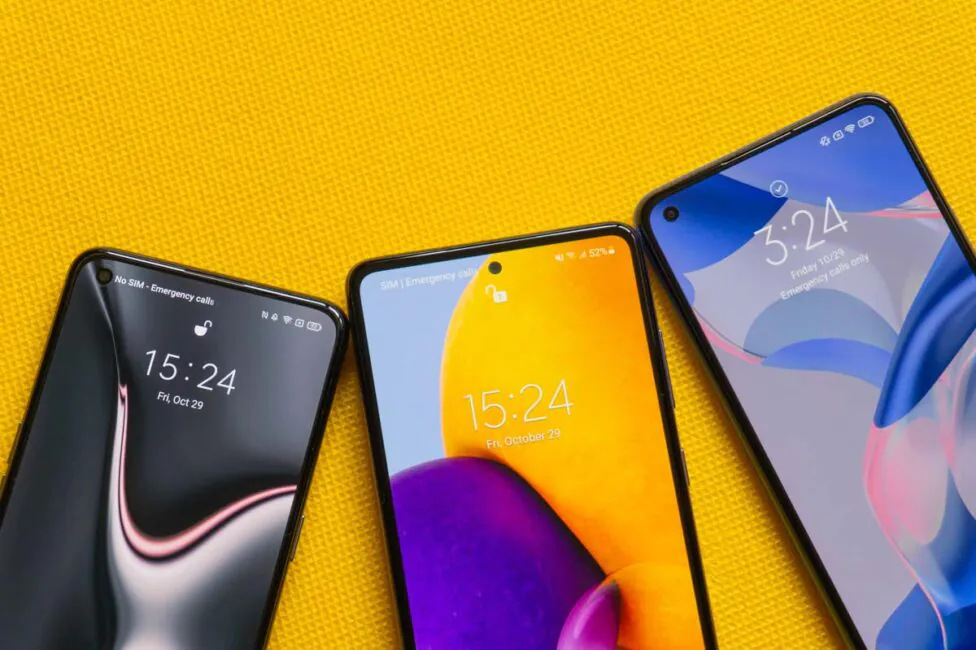
Battery life
Smartphones have different sizes and batteries. The realme GT Master Edition has 4300 mAh, the Xiaomi 11 Lite 5G NE has 4250 mAh, while the Samsung Galaxy A72 has a 5000 mAh battery. Smartphone battery life will of course vary due to many factors. They have different displays both in terms of size and in terms of refresh rate, and also partly different hardware.
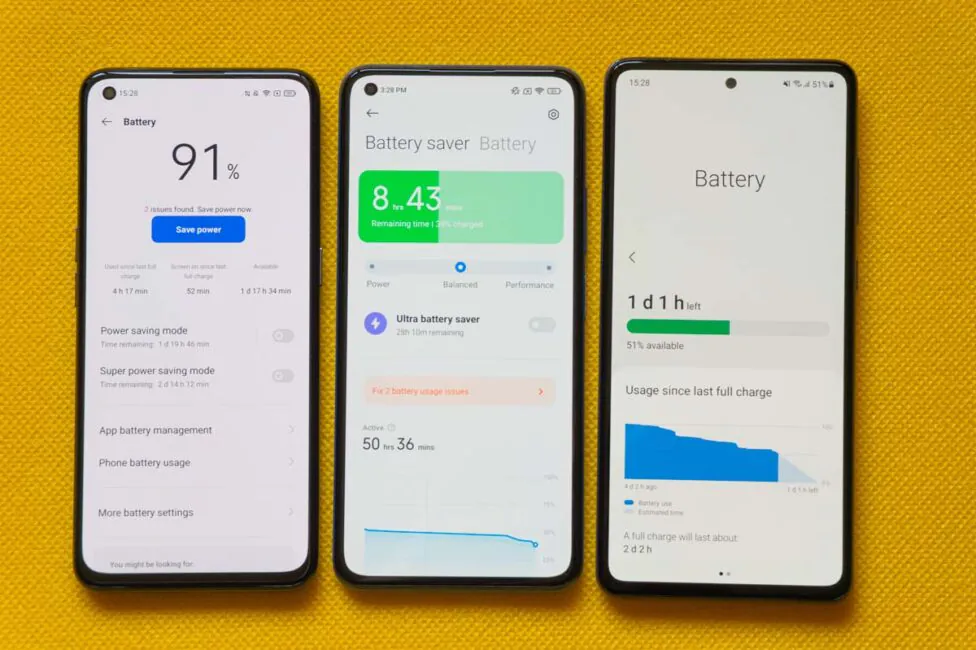
For comparison, the following tests were used: streaming video for 30 minutes, 30 minutes of Shadowgun Legends gameplay, and also the Work 3.0 autonomy test from the PCMark benchmark. In all three cases, all smartphones had the maximum display brightness and the maximum available refresh rate was selected.
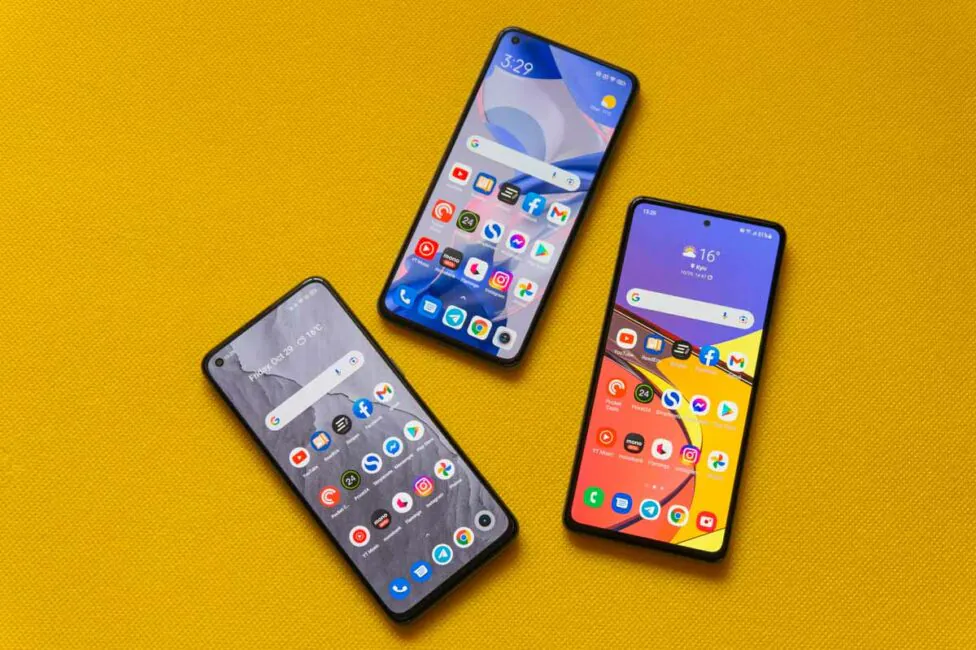
30 minutes of YouTube made the realme GT Master Edition lose 5% of its charge, the Xiaomi 11 Lite 5G NE lost the same 5%, and the Samsung Galaxy A72 lost 4%. The resource-demanding game took away 13% of the battery charge from the realme smartphone, 14% of the battery charge from Xiaomi, and Samsung lost only 10%. In the PCMark Work 3.0 battery test, the smartphones showed the following results: realme lasted 6 hours 53 minutes, Xiaomi lasted 7 hours 29 minutes, and Samsung withstood 9 hours 6 minutes.
That is, in all cases, the Samsung Galaxy A72 turned out to be the most tenacious, and the realme GT Master Edition lost charge faster than the others. As for the Xiaomi 11 Lite 5G NE, though not by much, it still broke away from the realme smartphone. But do not forget that the latter has a 120 Hz screen, while the rest boast only a 90 Hz display refresh rate. We can say that realme and Xiaomi are approximately on the same level and will definitely be enough for a day of work, but Samsung is able to hold out longer than the others and in everyday use; you can count on 1.5-2 days of work from a single charge.
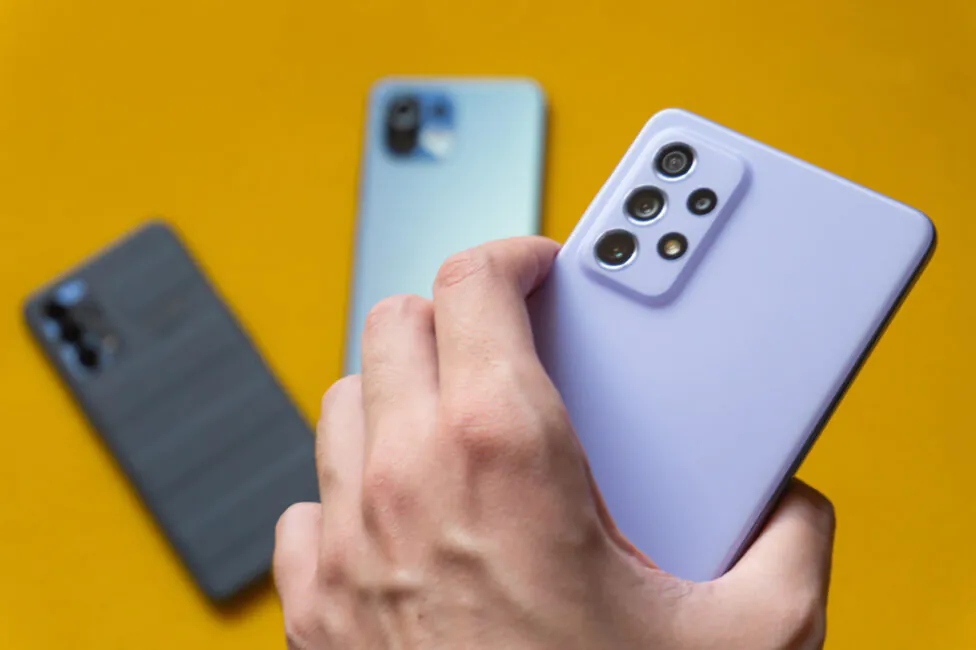
Charging speed is also an important indicator, which in certain situations can compensate for the subpar battery life. All three, as we found out, are equipped with power adapters, but the power of the blocks is different. The most powerful one comes with the realme GT Master Edition – 65 W, Xiaomi 11 Lite 5G NE users get 33 W blocks, and the most modest in this regard is the Samsung Galaxy A72 and its standard 25 W power adapter.
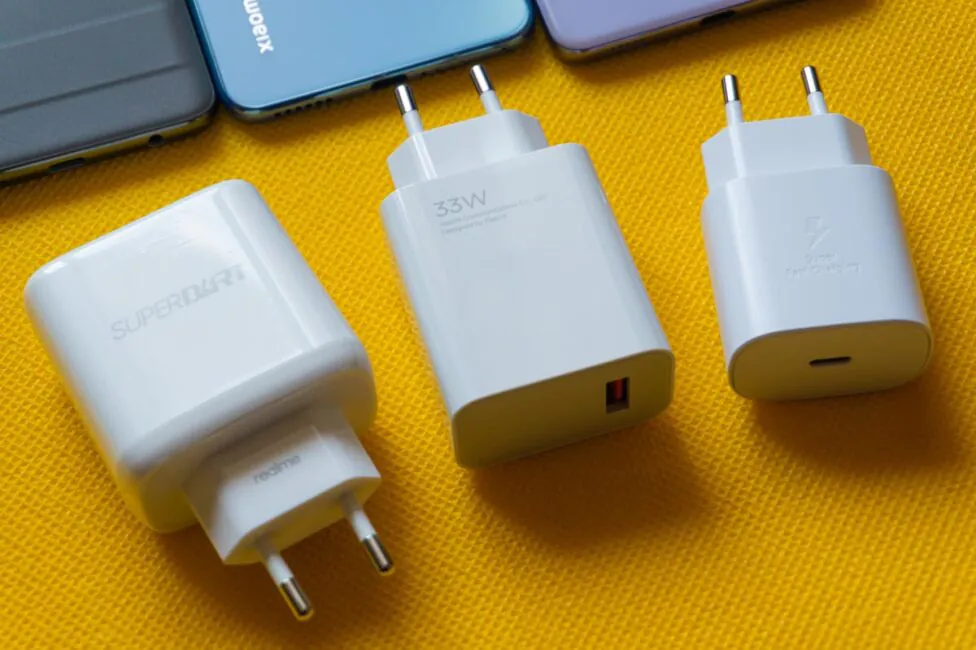
It is quite obvious that realme should charge the fastest. But is this really so and what is the difference between the three smartphones? The answer to this question is clearly demonstrated in the table below.
|
realme GT Master Edition |
Xiaomi 11 Lite 5G NE |
Samsung Galaxy A72 |
|
|
00:00 |
10% |
10% |
10% |
|
00:10 |
57% |
30% |
27% |
|
00:20 |
91% |
49% |
41% |
|
00:30 |
100% |
65% |
56% |
|
00:40 |
83% |
69% |
|
|
00:50 |
96% |
82% |
|
|
01:00 |
99% |
92% |
|
|
01:10 |
100% |
100% |
That is, the realme GT Master Edition really blows its rivals to smithereens, since it charges many times faster than those. It takes only 25 minutes to charge from 10% to 100%, while Xiaomi 11 Lite 5G NE will take 1 hour and 2 minutes (but you can see how it slows down towards the end), and the Samsung Galaxy A72 will charge for 1 hour and 7 minutes. The realme charge hold worse than the others, but you must admit that with such a fast charging all can be forgiven. Wireless charging is not supported, which is quite expected.
Sound and wireless modules
There are no problems with earpiece speakers in modern smartphones, including devices from our comparison. However, if in realme this speaker is used exclusively during conversations, then in Xiaomi and Samsung it serves as a second multimedia speaker. It means that the latter two are equipped with stereo speakers, due to which they outperform the realme GT Master Edition.

As for the sound quality, I would place smartphones in the following order: first place – Galaxy A72, second – Xiaomi 11 Lite 5G NE, third – realme GT Master Edition. Of all three smartphones, the most balanced, in my ear, is the Galaxy. It reproduces all frequencies completely normal, while Xiaomi’s main emphasis is on low frequencies, and the rest lacks a little detail. Realme, of course, does not have that volume, but as for a mono speaker, its sound is relatively good.
Wired headphones with 3.5mm audio interface can be connected to realme and Samsung without using special adapters. Both have an audio port and it is located at the bottom end, but such headphones will have to be connected to Xiaomi via an adapter. Fortunately, the latter is included in the box, which is nice. Also, each smartphone has built-in audio profiles with the same presets, and in the case of Xiaomi and Samsung, there is also an equalizer and other effects.
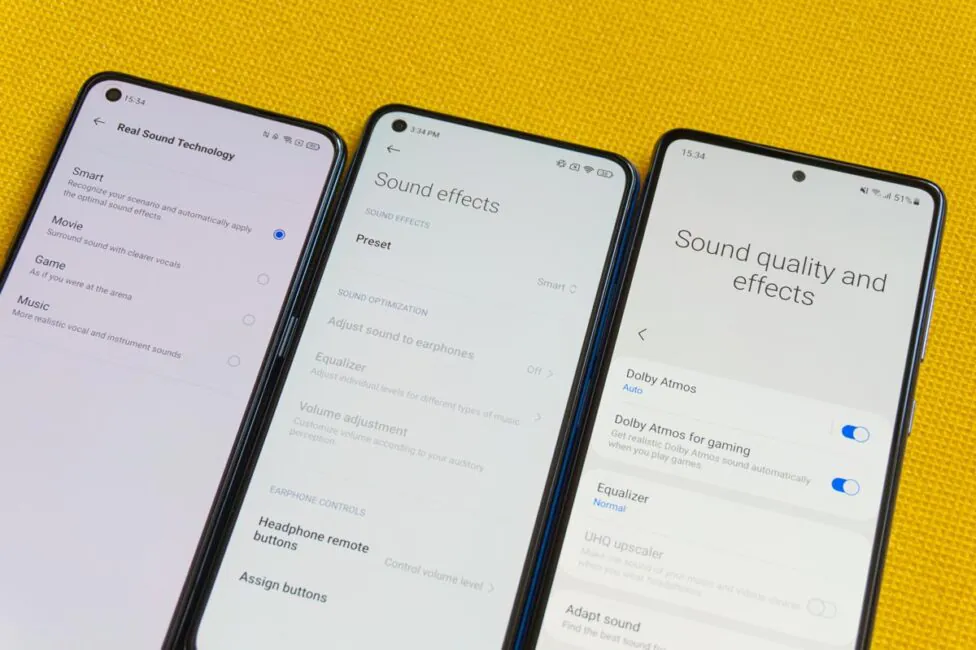
What else I would like to note is the high-quality vibration motors in the realme GT Master Edition and the Xiaomi 11 Lite 5G NE. In the first it is more sonorous, in the second it is soft, but the tactile response in both cases is much more pleasant than in the Samsung Galaxy A72.
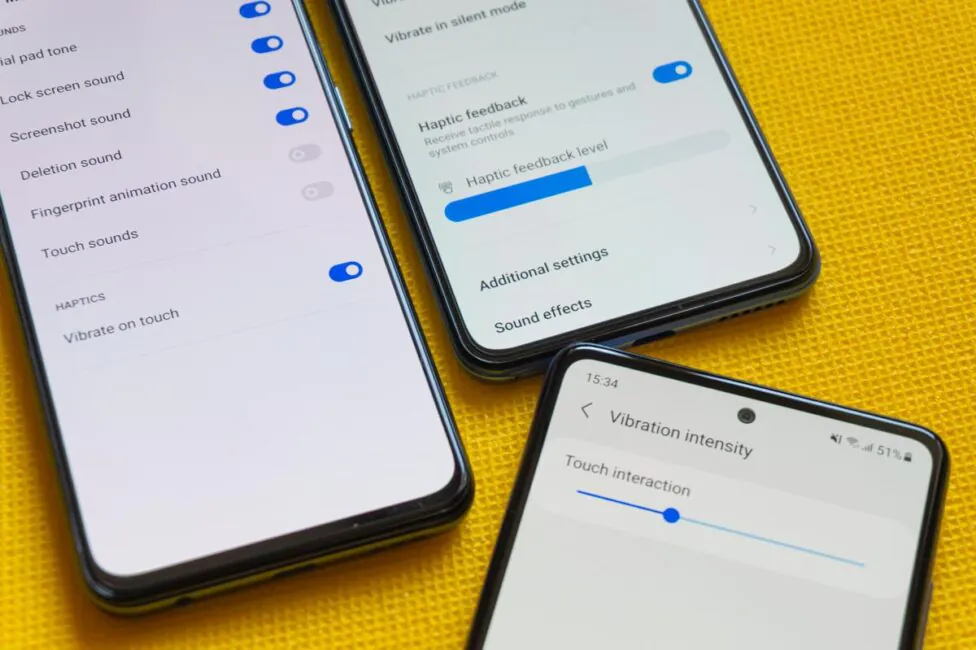
In terms of wireless modules and networks, the realme GT Master Edition and Xiaomi 11 Lite 5G NE smartphones are almost completely identical: both support new generation 5G mobile networks, are equipped with up-to-date Wi-Fi 6 modules, modern Bluetooth 5.2, and GPS with various navigation systems. But the Samsung Galaxy A72, due to the fact that it was released in the first half of 2021, does not support either 5G or Wi-Fi 6: only 4G, Wi-Fi 5 and not the latest Bluetooth 5.0 standard. All three devices are equipped with NFC modules for contactless payments and quick pairing, and Xiaomi, among other things, has an infrared port for controlling household appliances.
Read also: Samsung Galaxy A72 review: Getting Closer to Flagships
Firmware and shells
All three smartphones are based on Android 11, but with different custom shells, of course. These are realme UI 2.0, MIUI 12.5 and One UI 3.1 respectively. Comparing them with each other does not make much sense, because in general, their functionality has something in common in one form or another. Each are better or worse in some aspects.
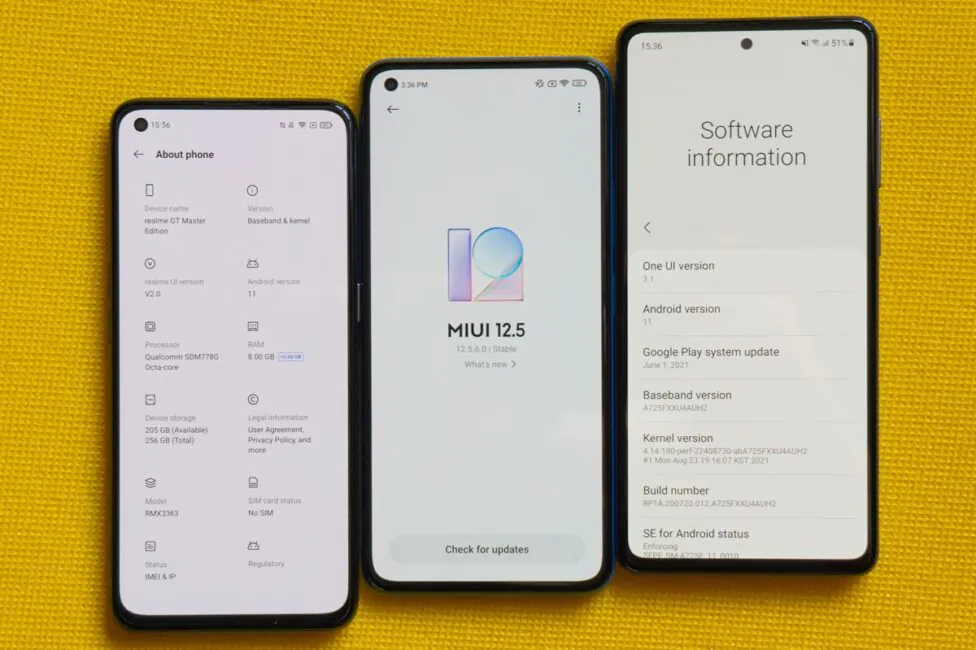
Each shell has already been discussed almost dozens of times in separate reviews of smartphones from realme, Xiaomi and Samsung, so we will not repeat ourselves, let alone choose the best one today.
Verdict
Summing up the results of this comparison, I will list the strongest points of each smartphone. The realme GT Master Edition stands out, of course, with the most original and at the same time the most practical design and the best ergonomics. It also has a very good Super AMOLED display with the highest refresh rate of 120Hz, and the hardware is more stable than the Xiaomi smartphone with the same chip. It also has very fast 65 W charger in the box, which more than compensates for somewhat mediocre battery life.

What about the Xiaomi 11 Lite 5G NE? It’s quite a sophisticated smartphone, which is interesting primarily for its excellent cameras, which are better than realme’s. Also, the smartphone offers good battery life, as for such a thin device, loud stereo speakers and a number of others, albeit less important, but pleasant little things, like an IrDA and an extremely fast capacitive fingerprint scanner.
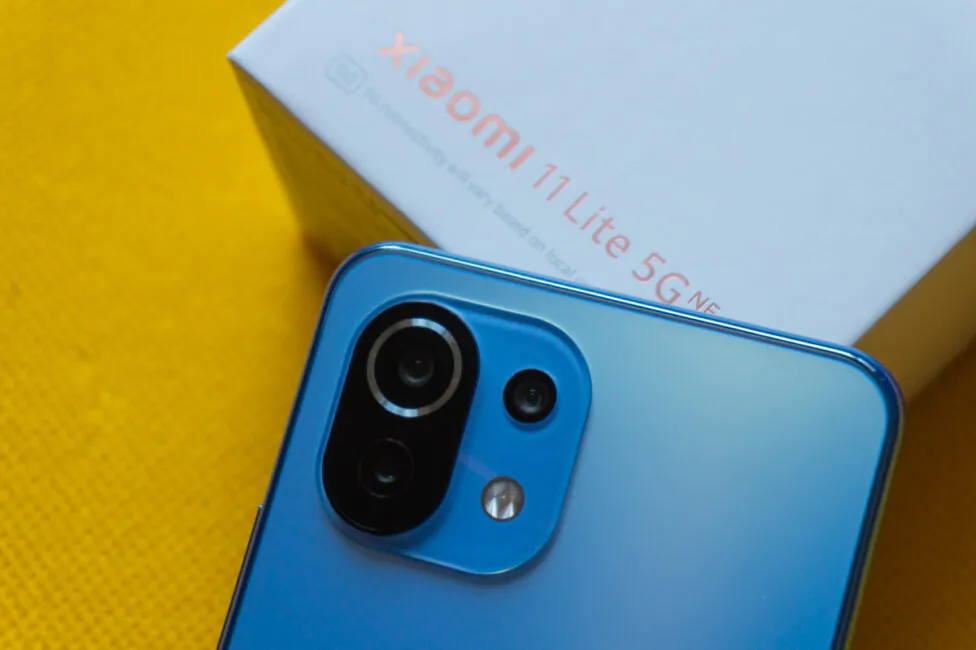
Despite a difference of several months between the release of the Samsung Galaxy A72 and the aforementioned models, this smartphone also has its advantages. It might have the best cameras, due to the presence of a full-fledged high-quality telephoto lens with 3x optical zoom and optical stabilization in two of the four modules of the main unit. In addition, it’s the best when it comes to the battery life and stereo sound. But the chipset is worse, and not very future-proof.
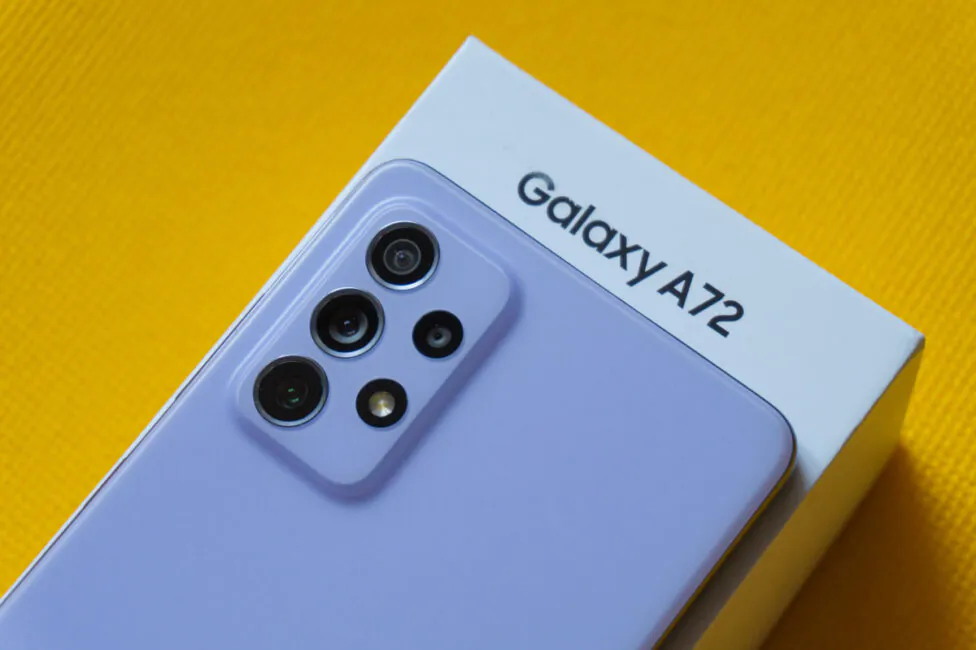
- Apple iPhone 13 Pro Max Review: The power of incremental changes
- Huawei nova 9 event: Impressions, photos + Watch GT 3 and FreeBuds Lipstick
- Nintendo Switch OLED review: The handheld is all grown up


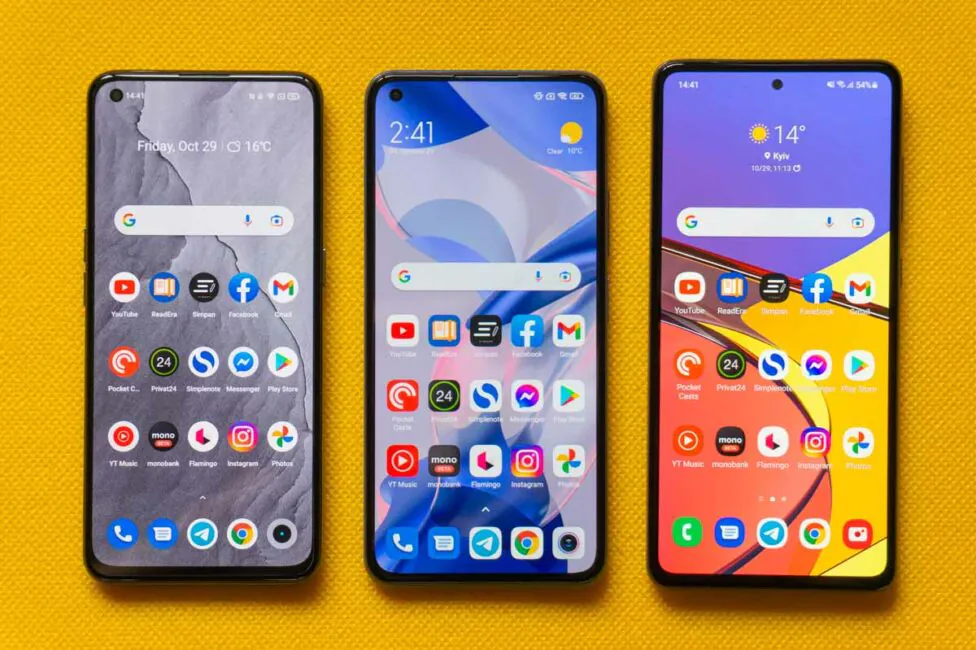
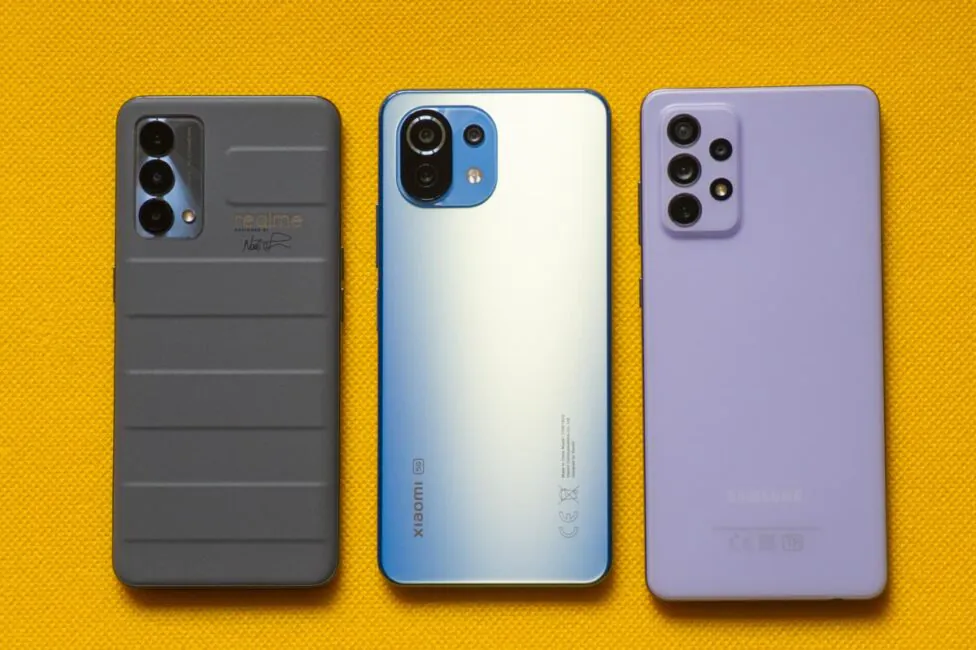

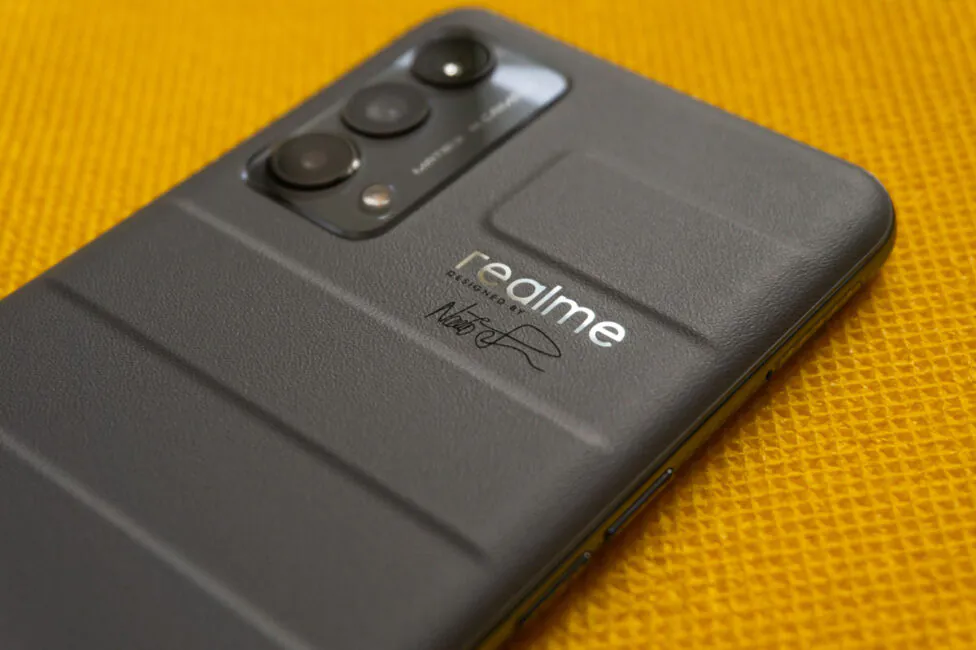
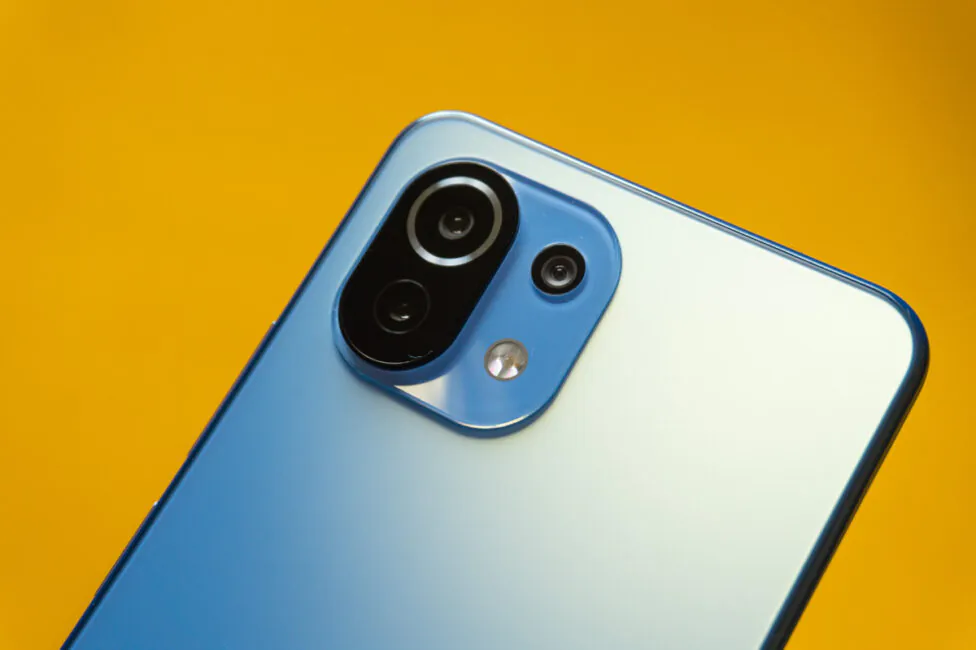
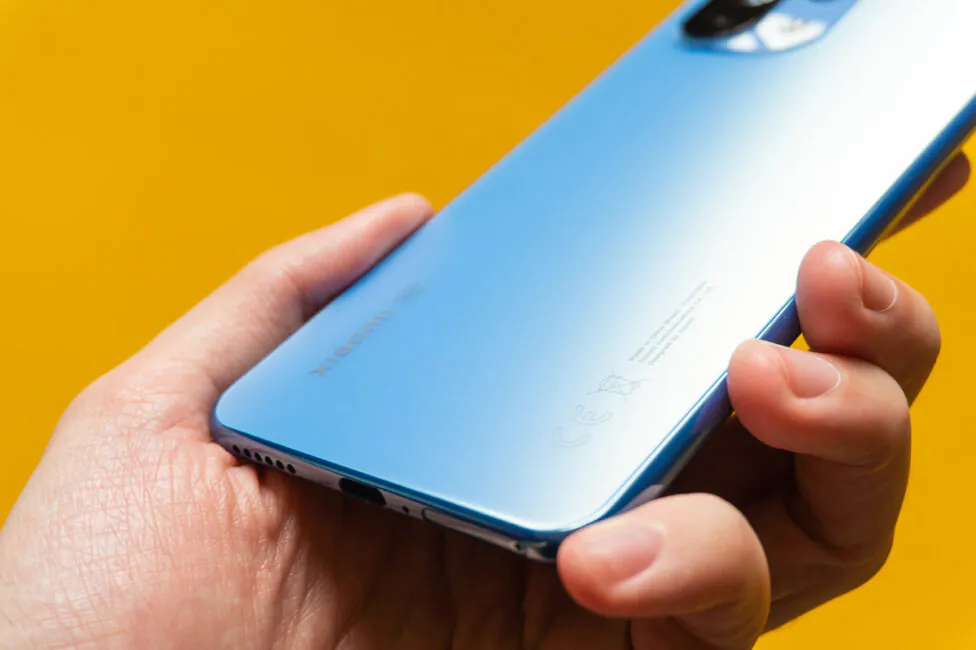
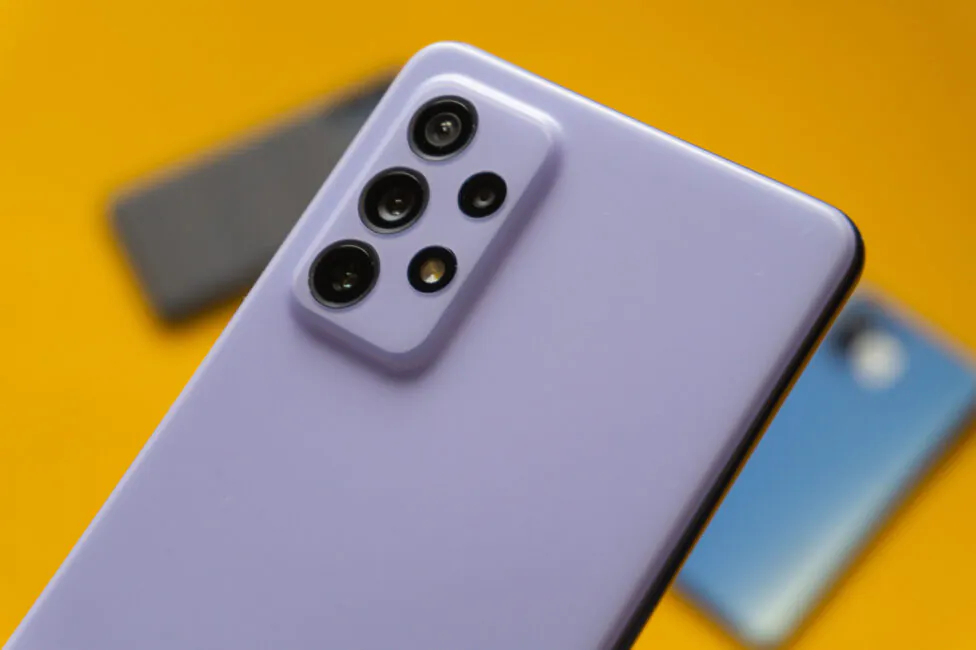

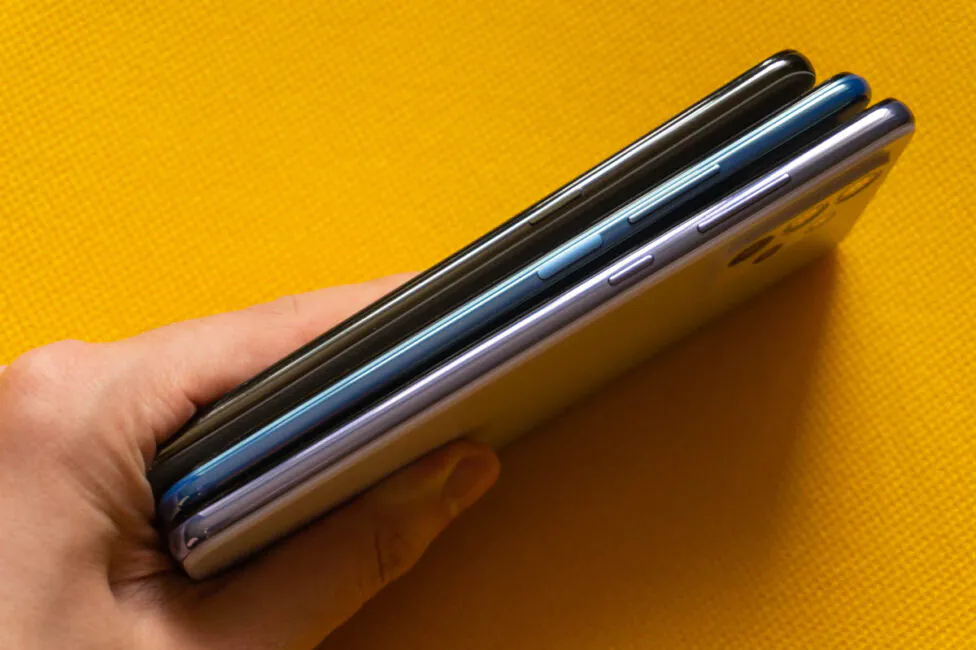
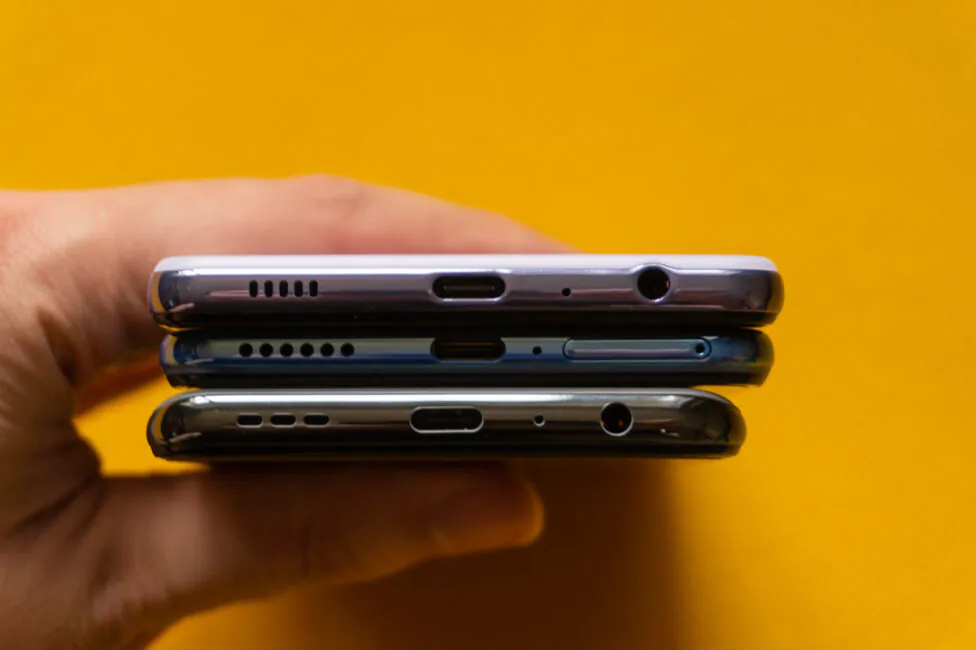
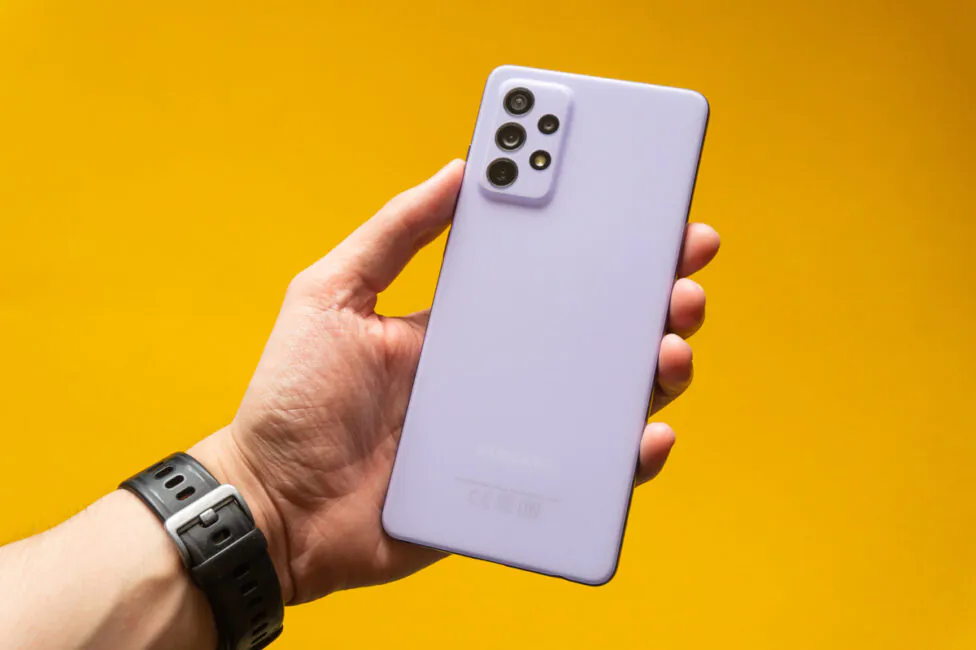
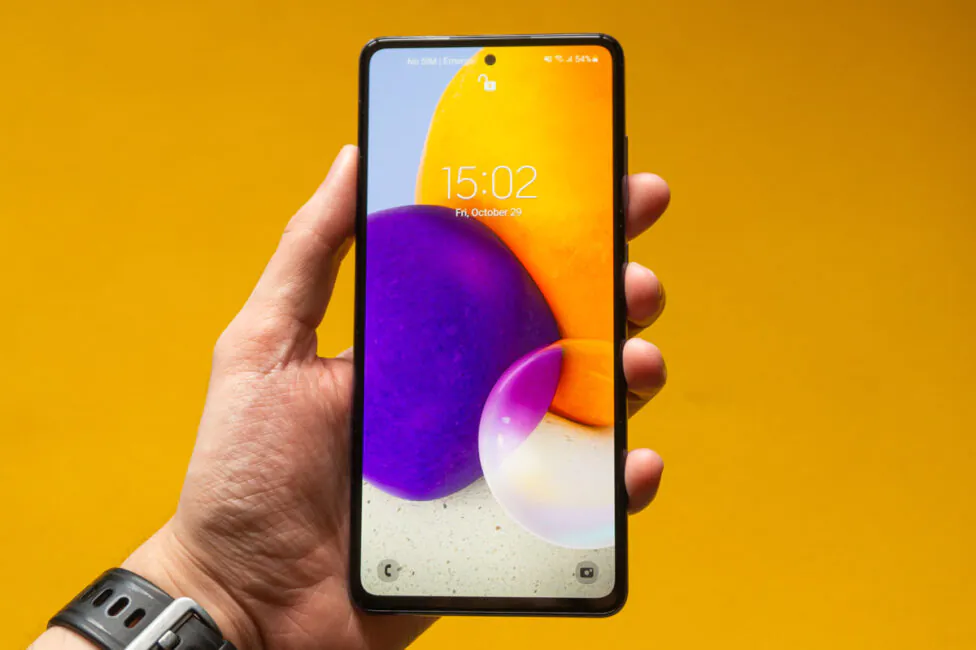
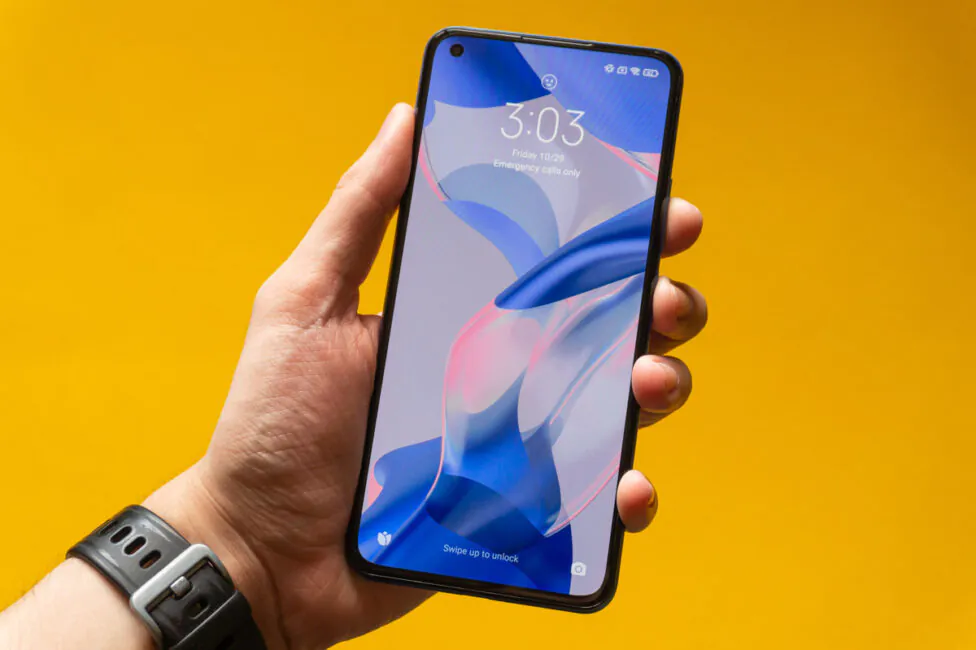
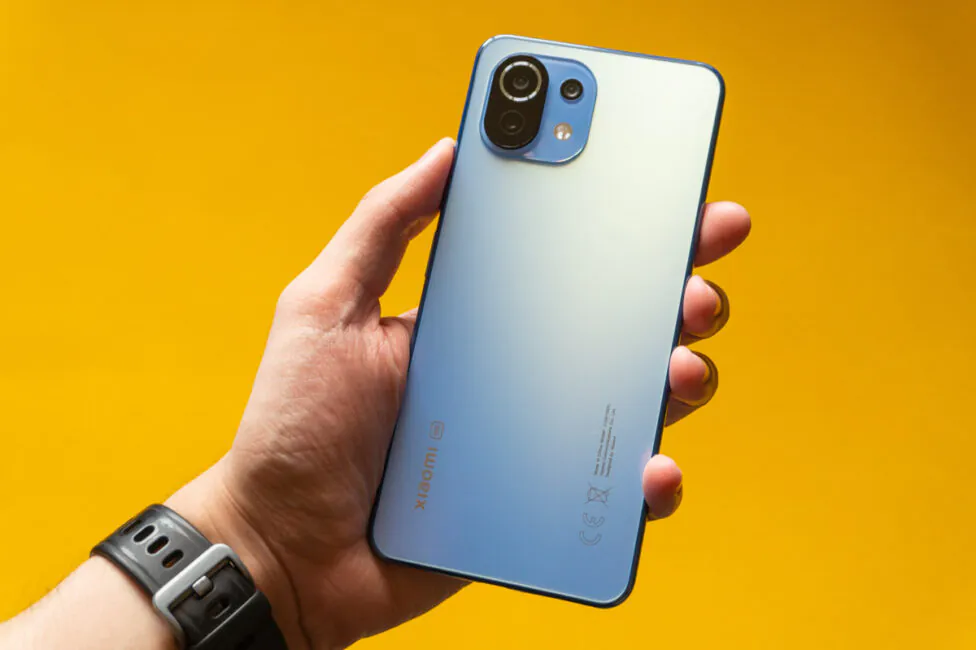
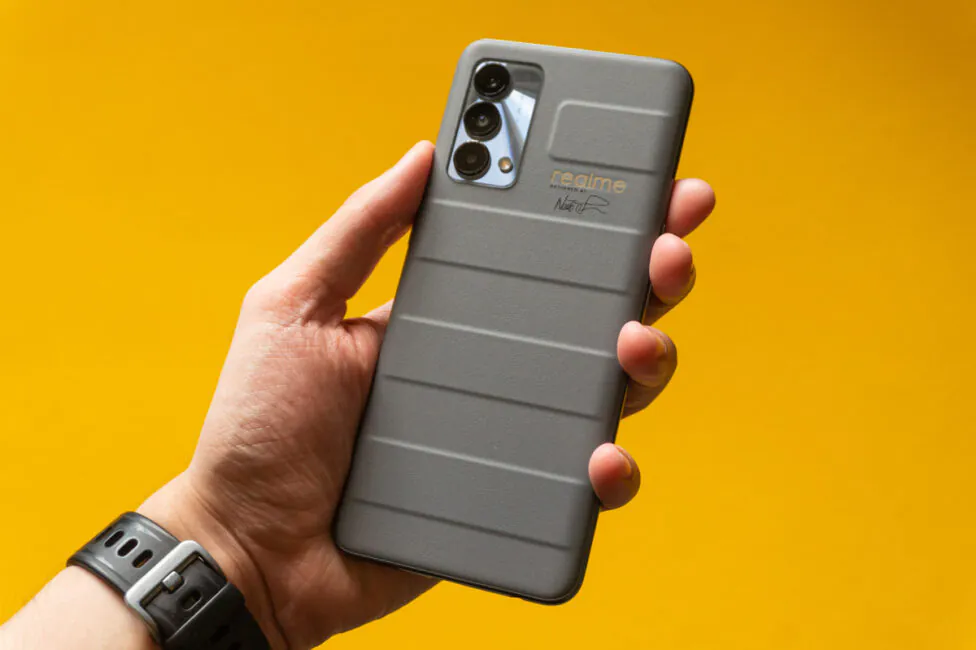
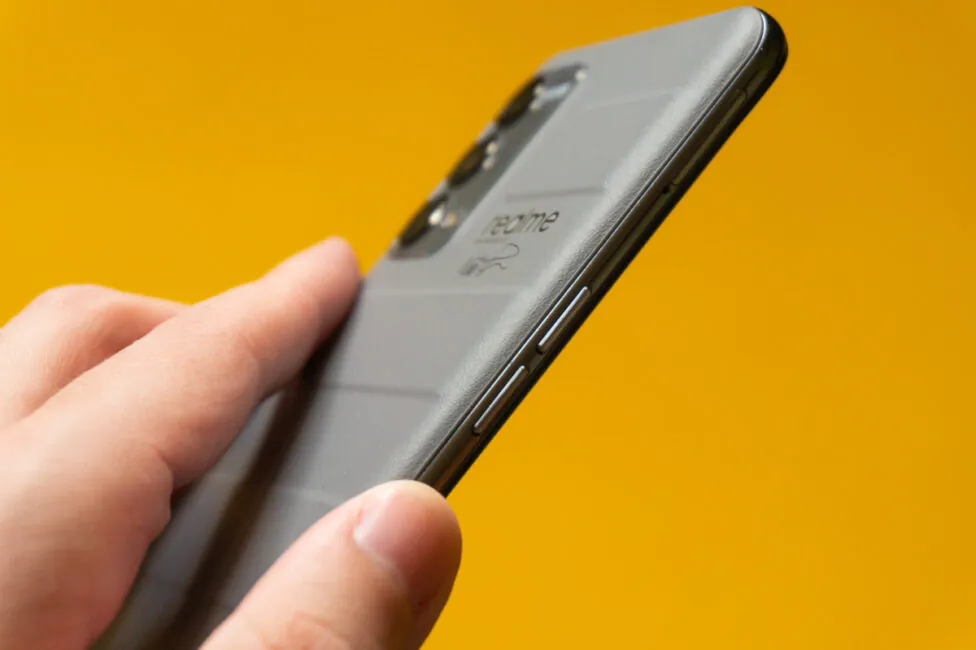
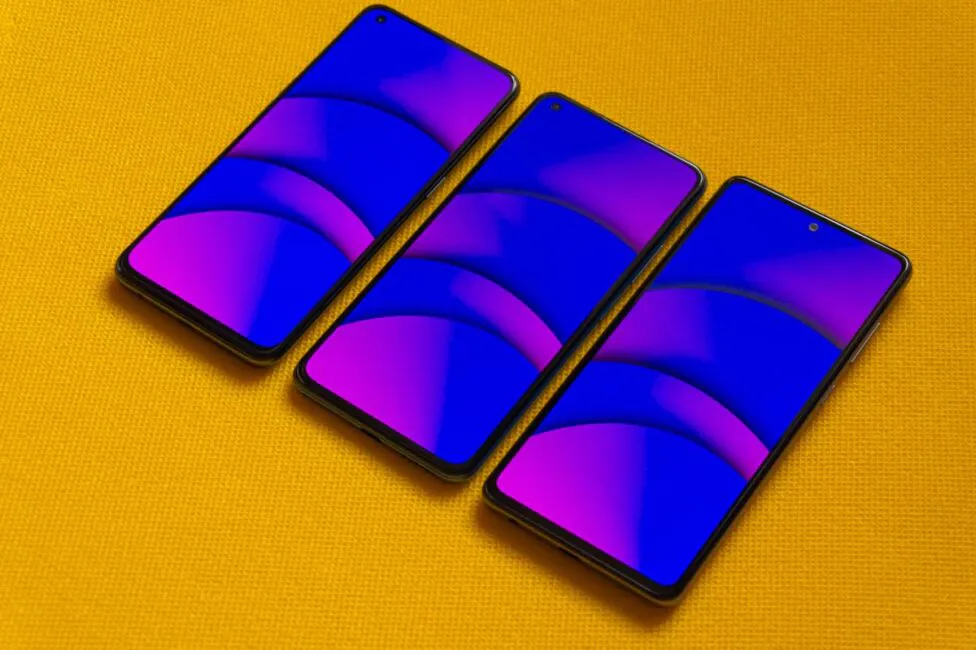
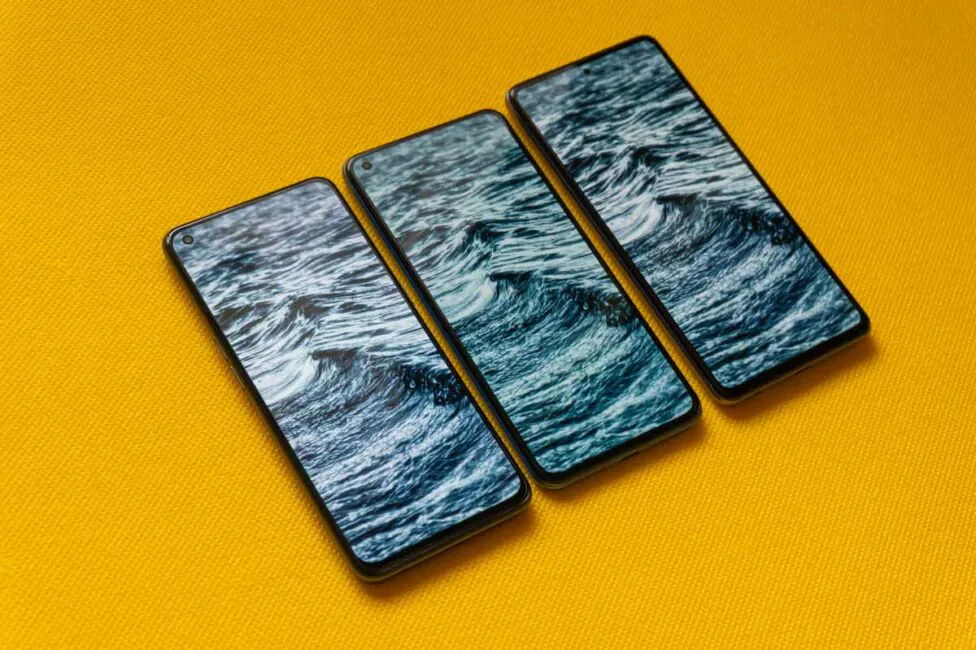
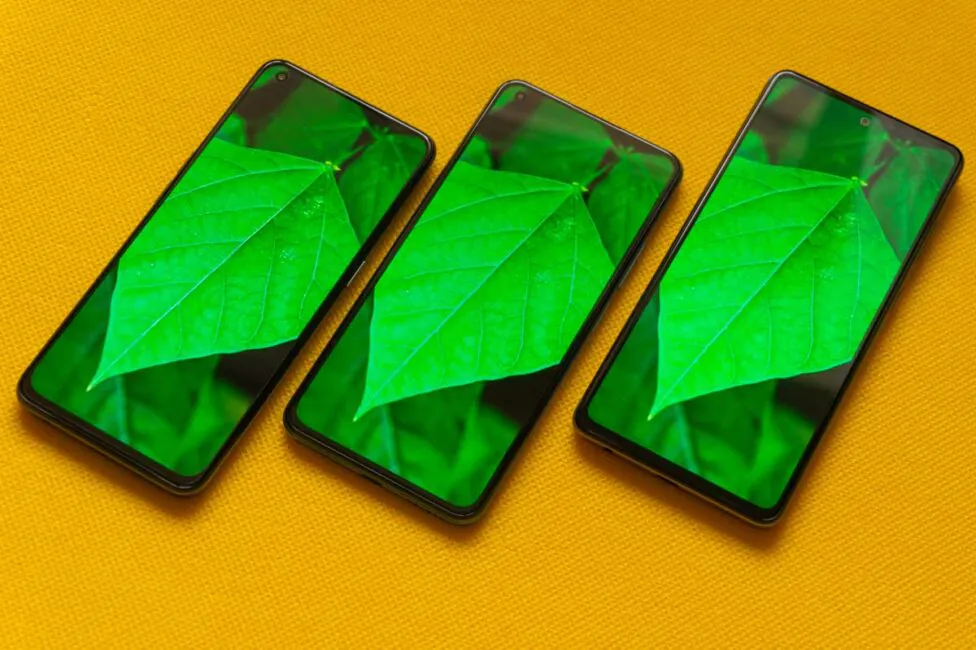
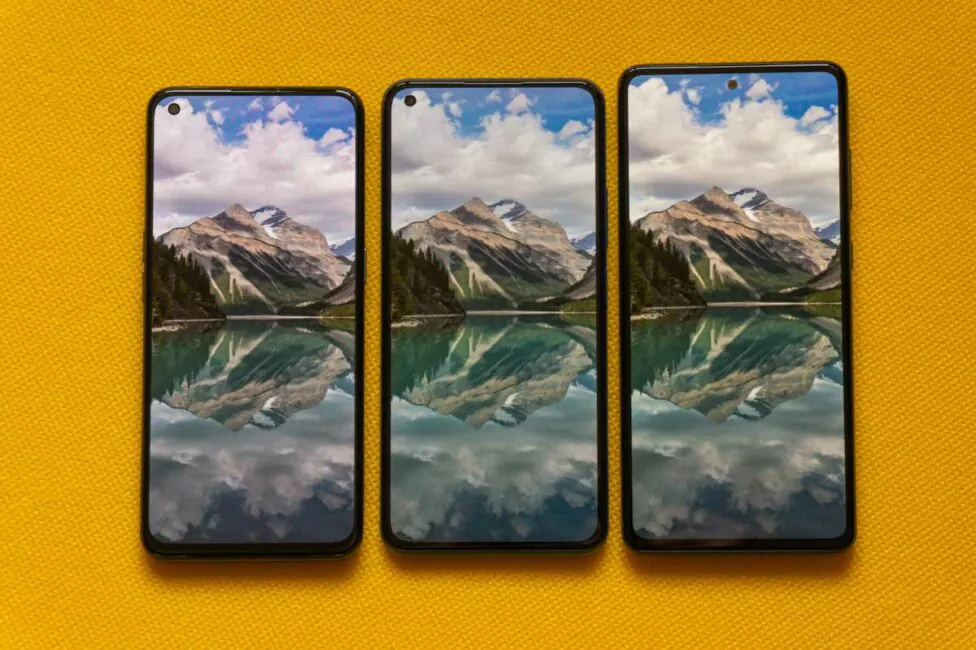
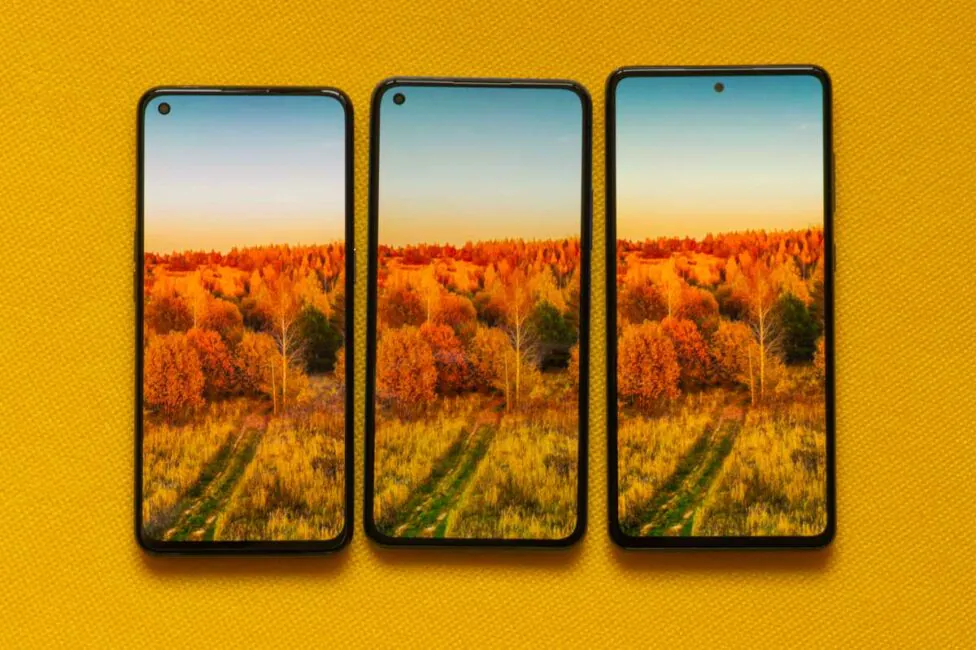
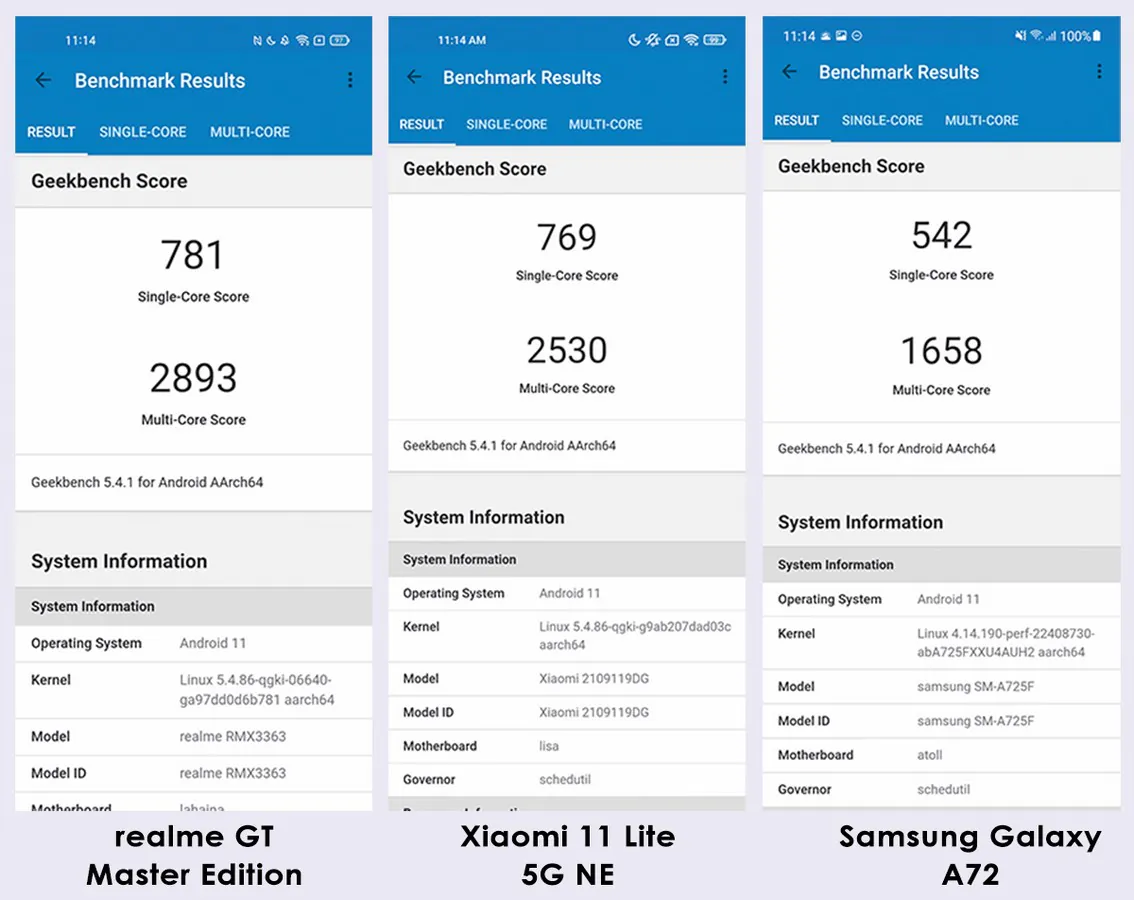
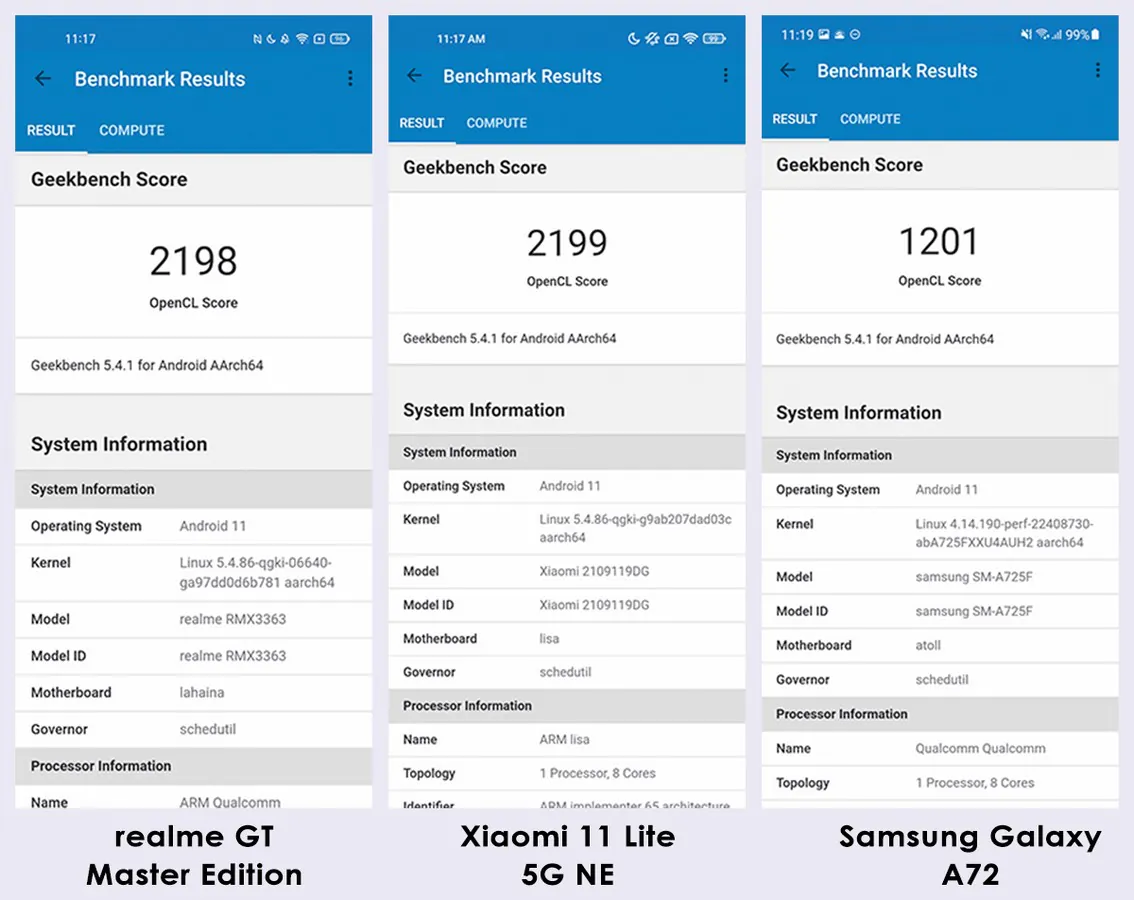
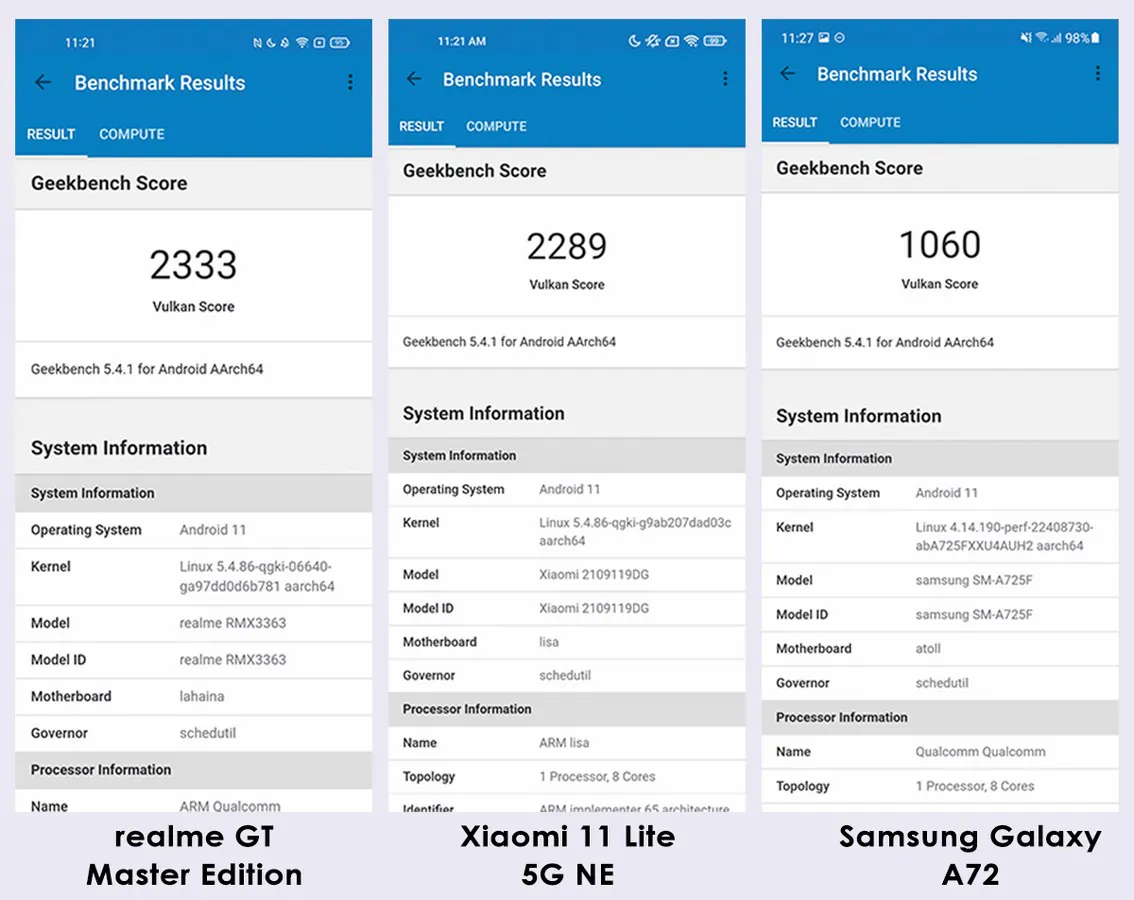
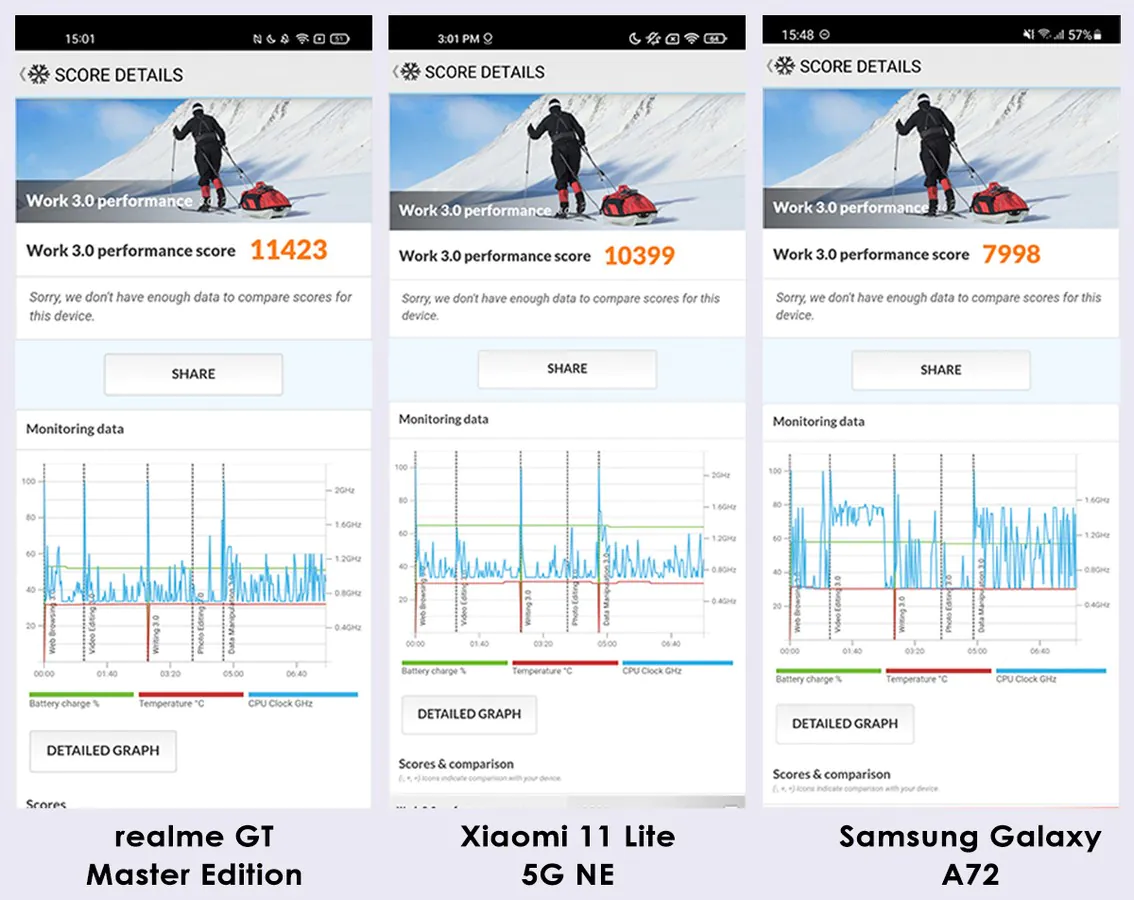
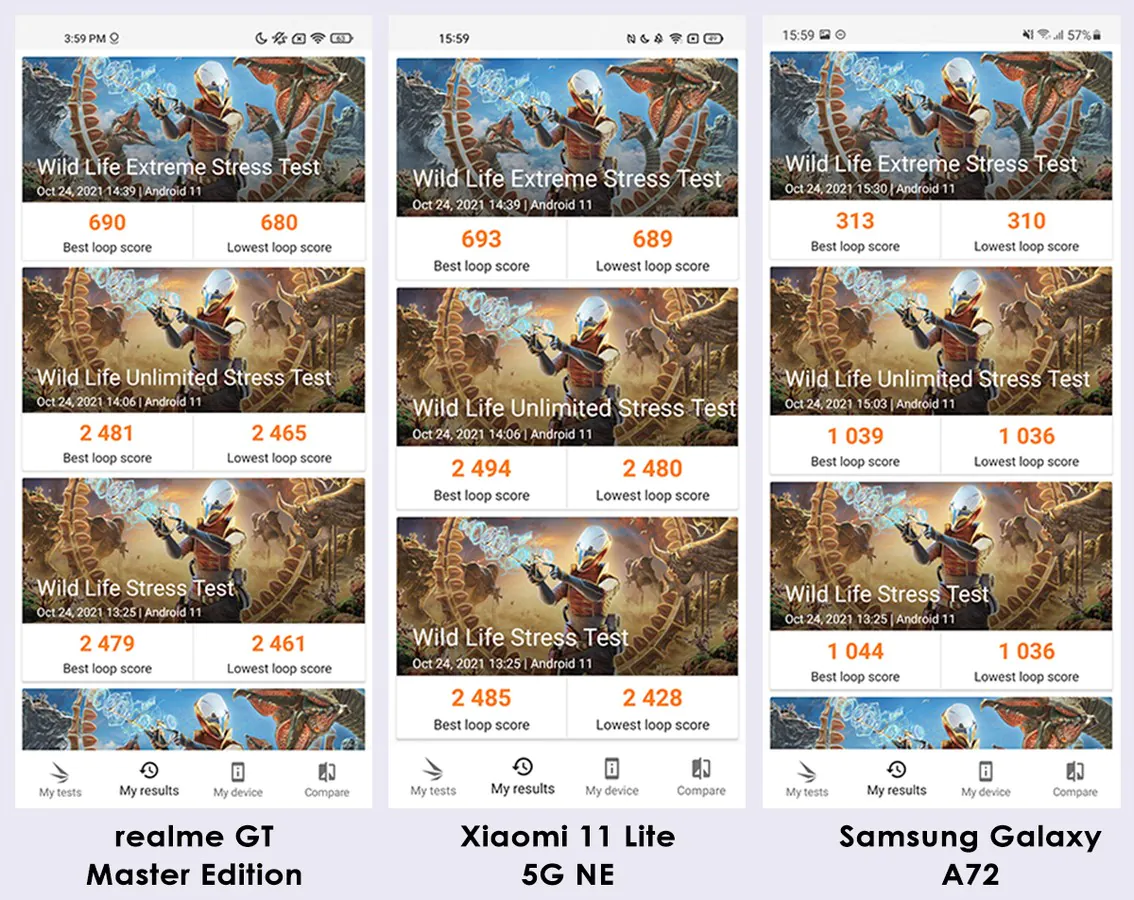
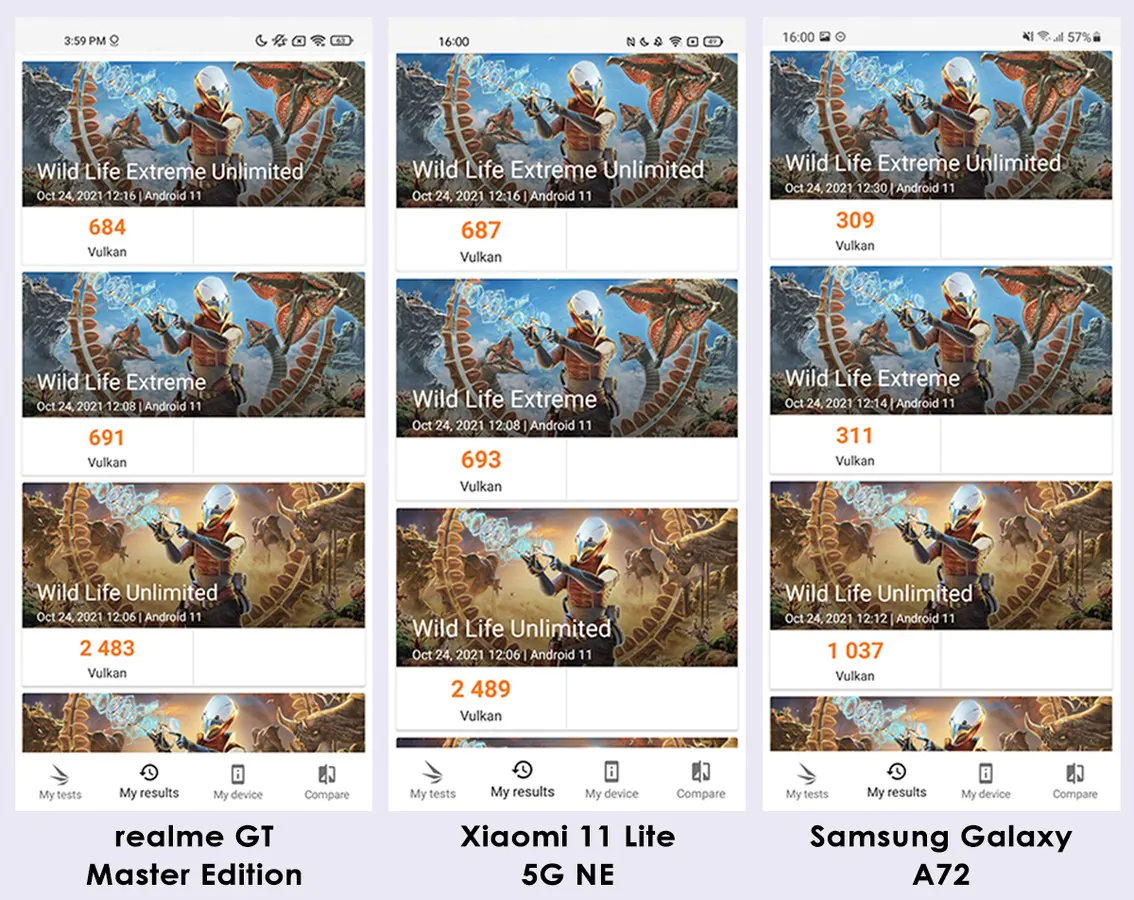
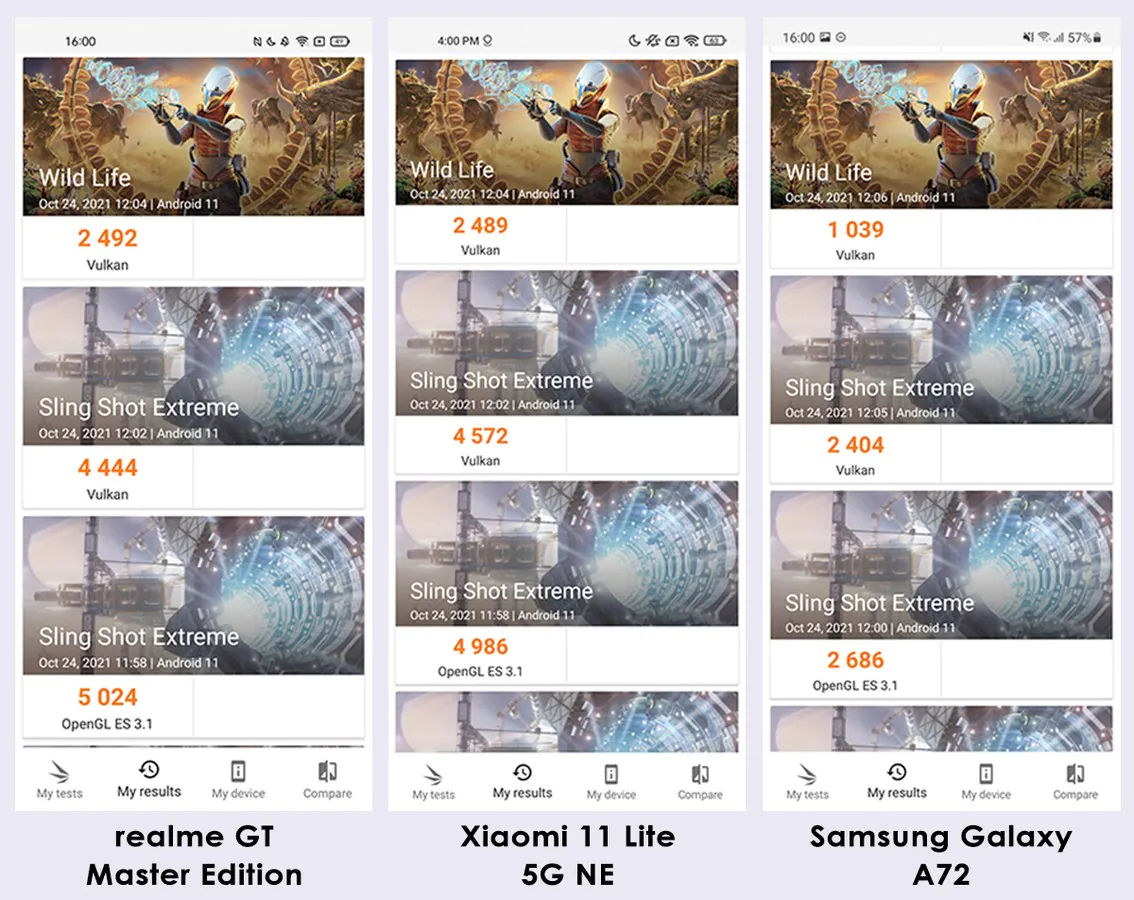
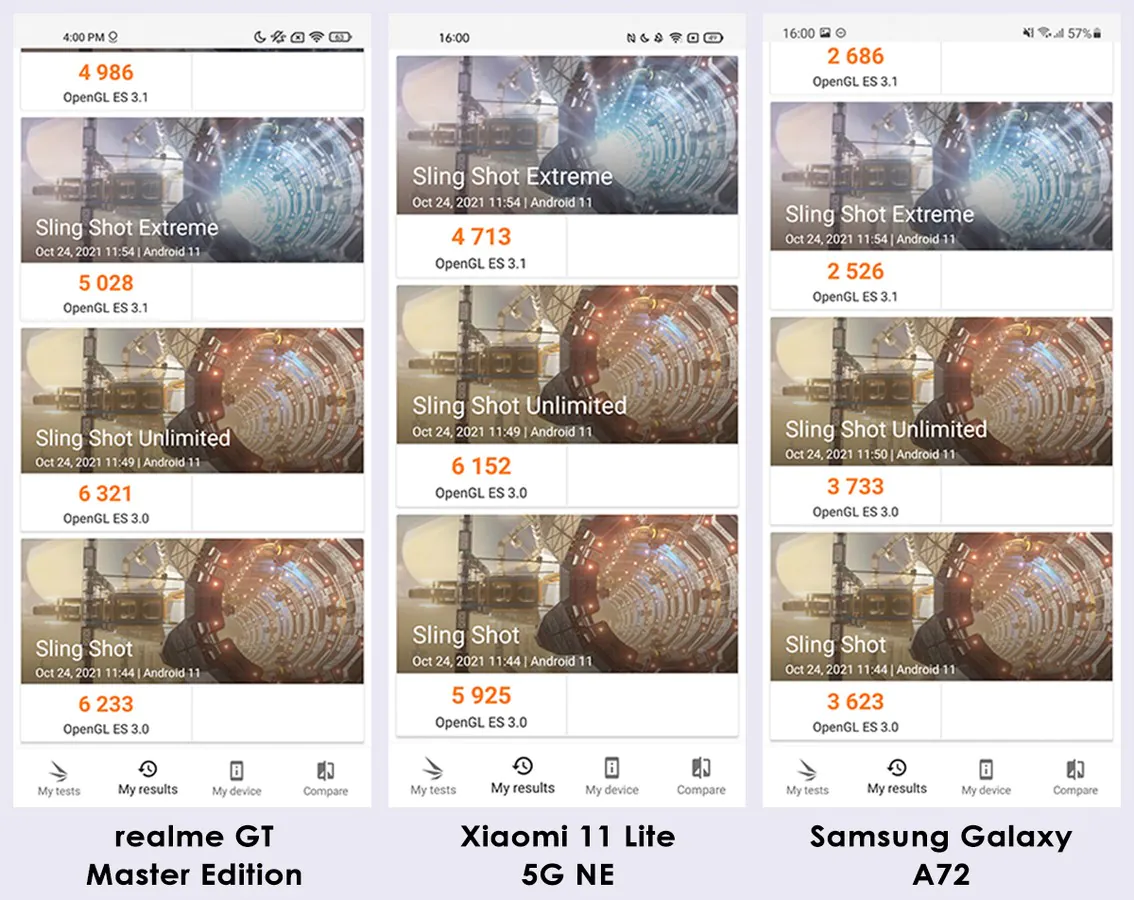
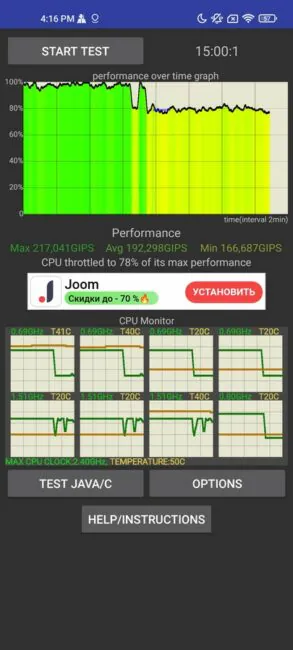
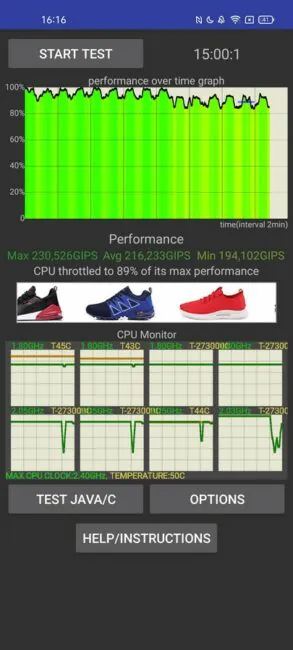
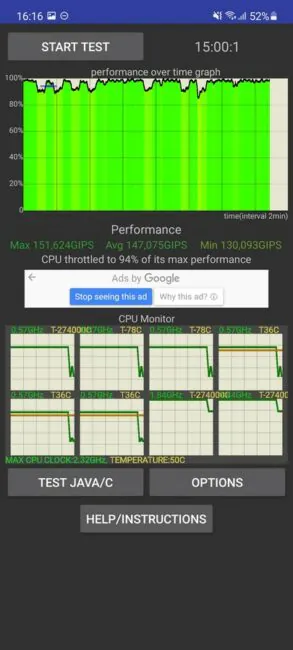



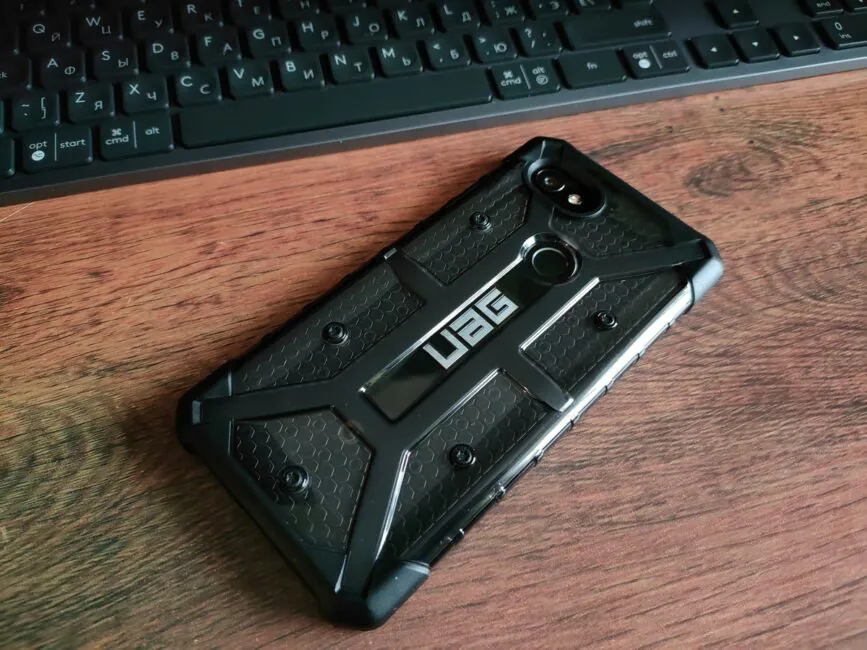
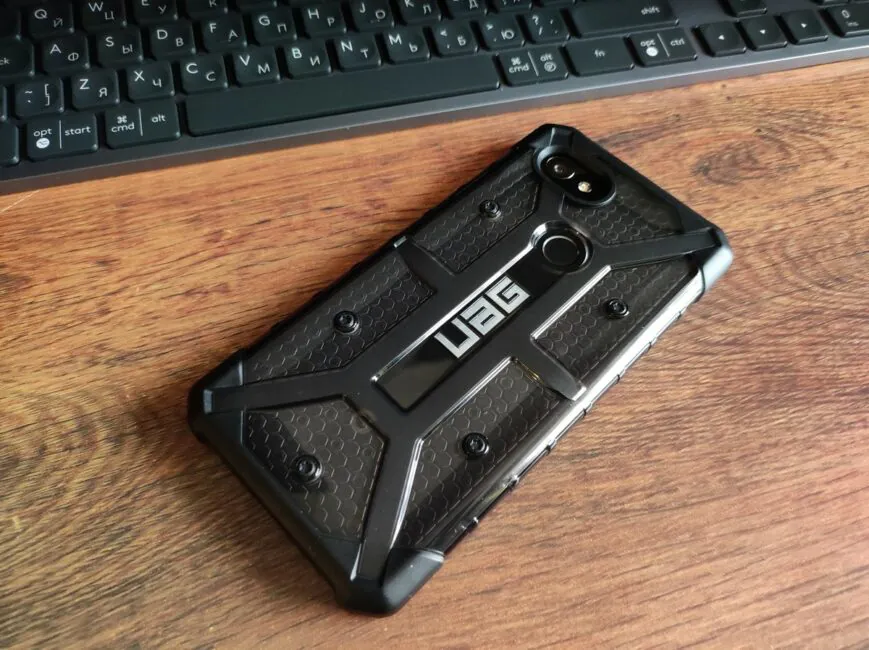
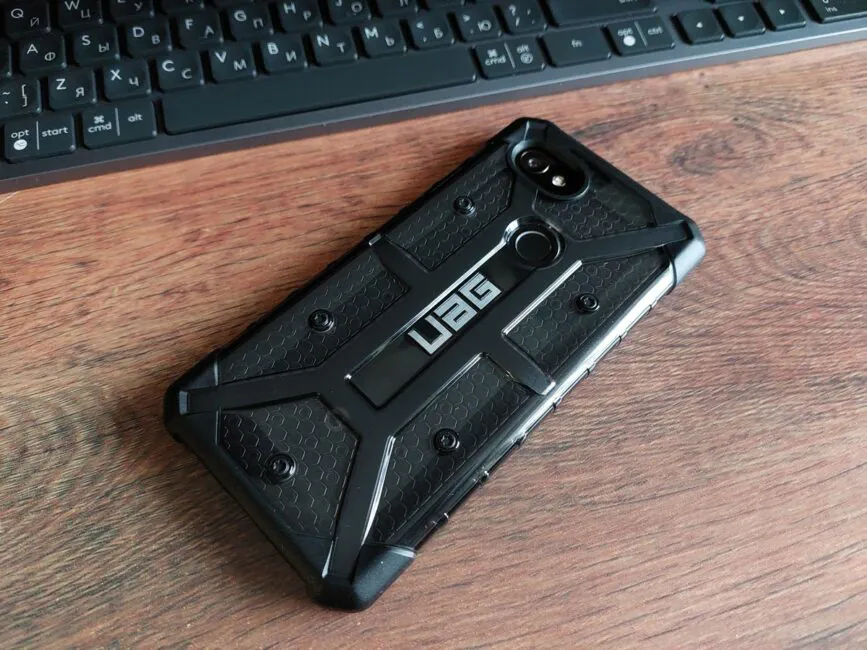
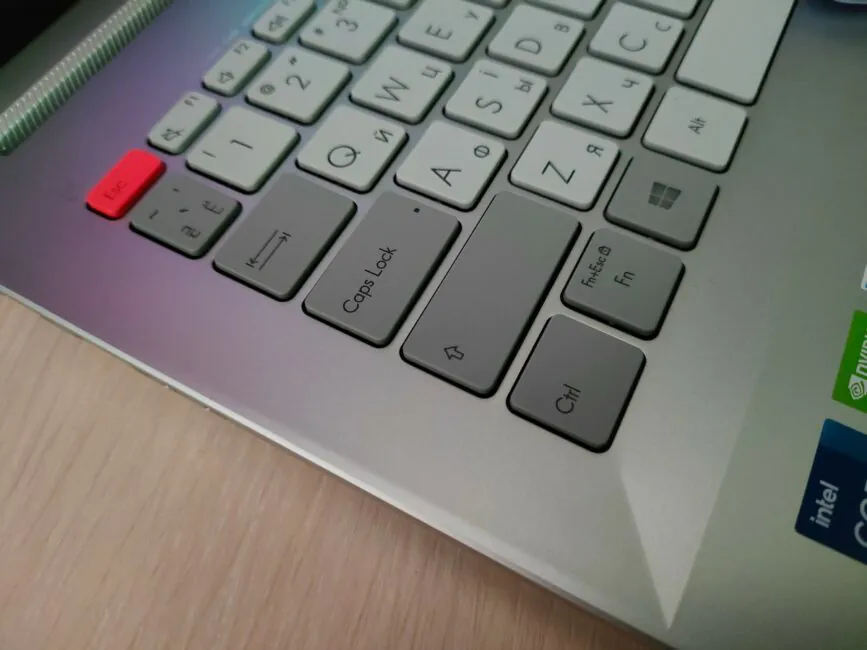
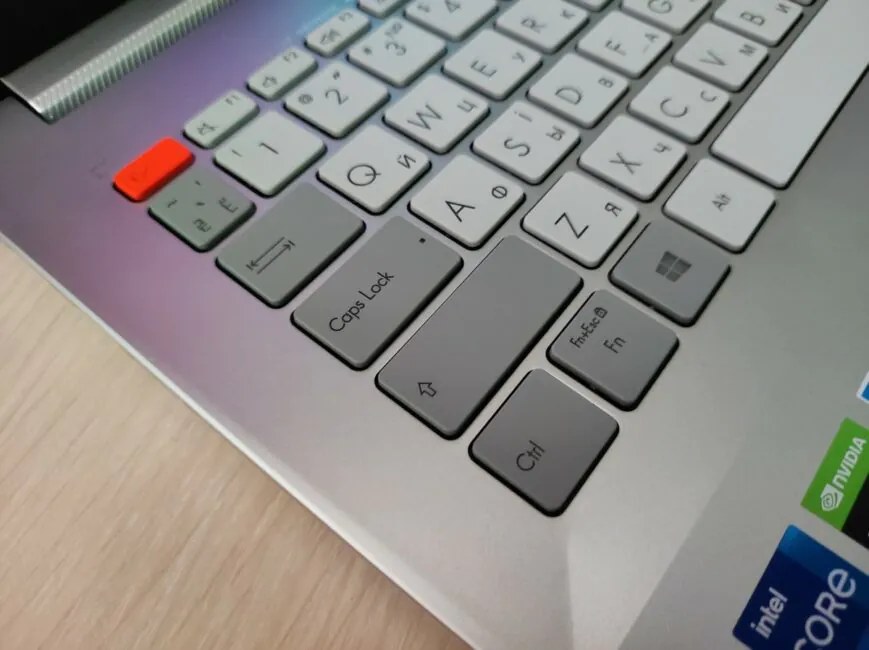
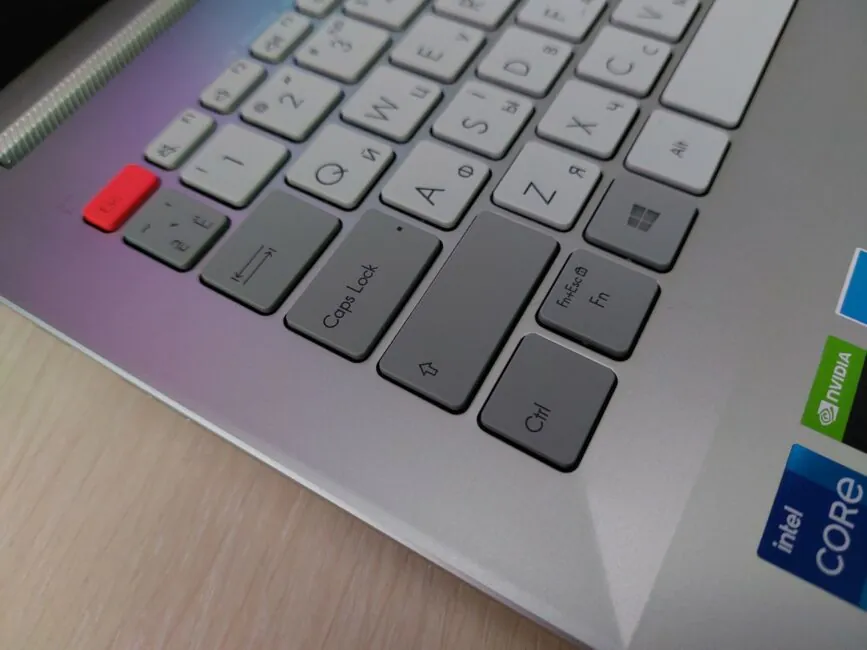
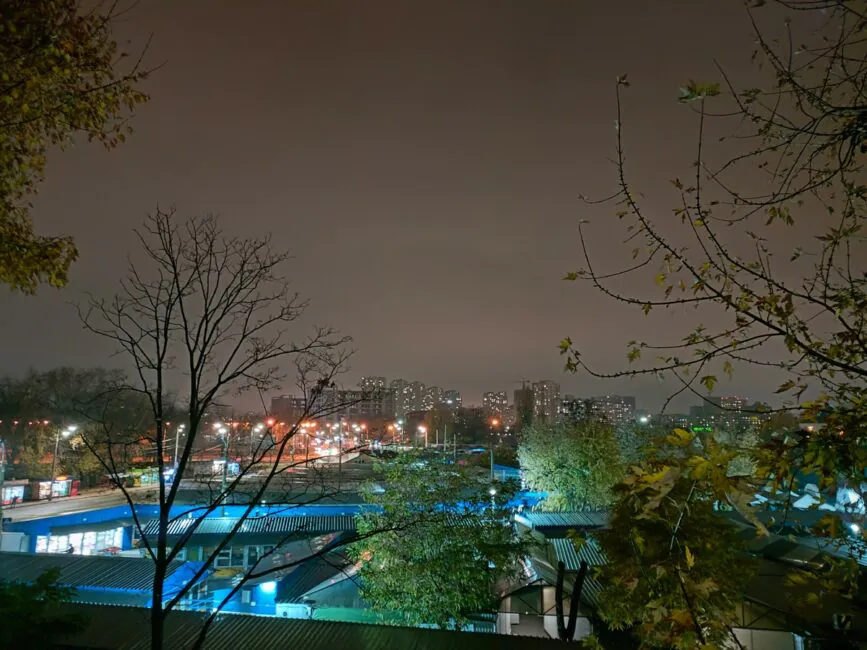
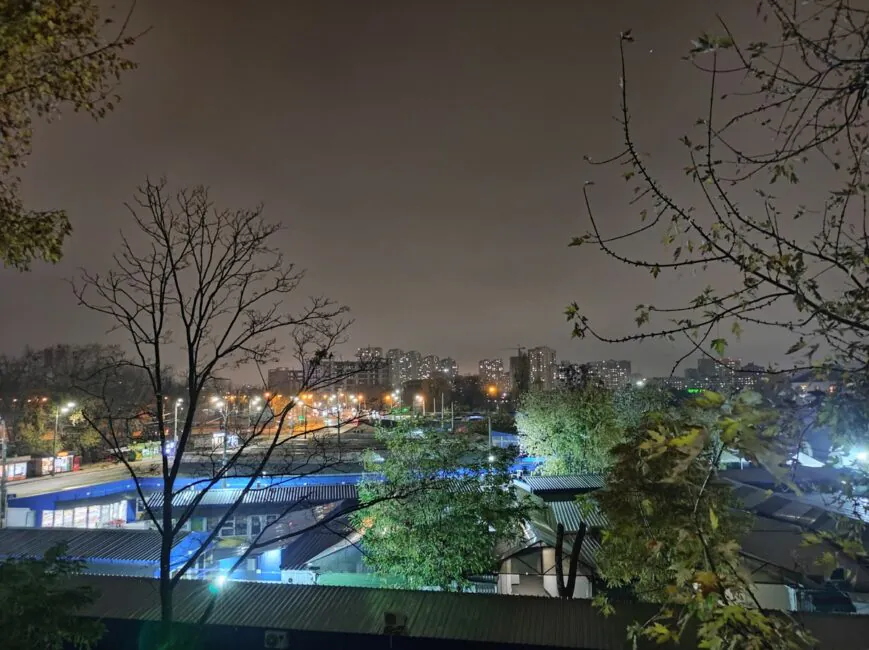
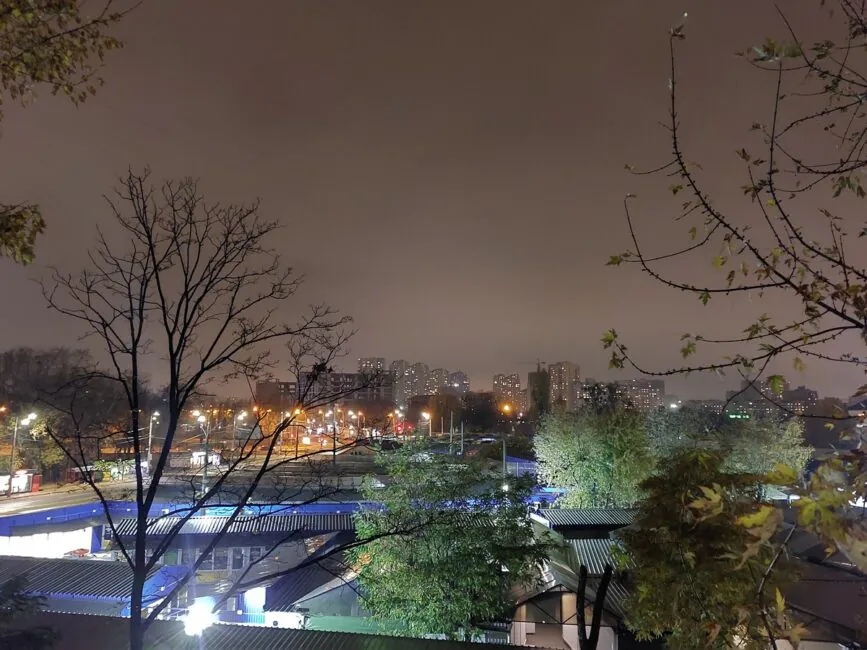

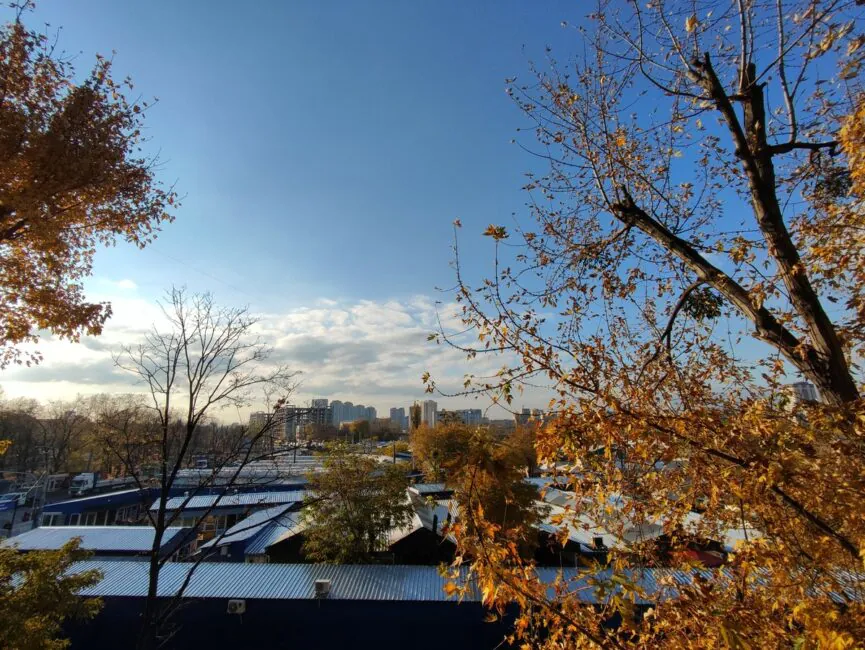
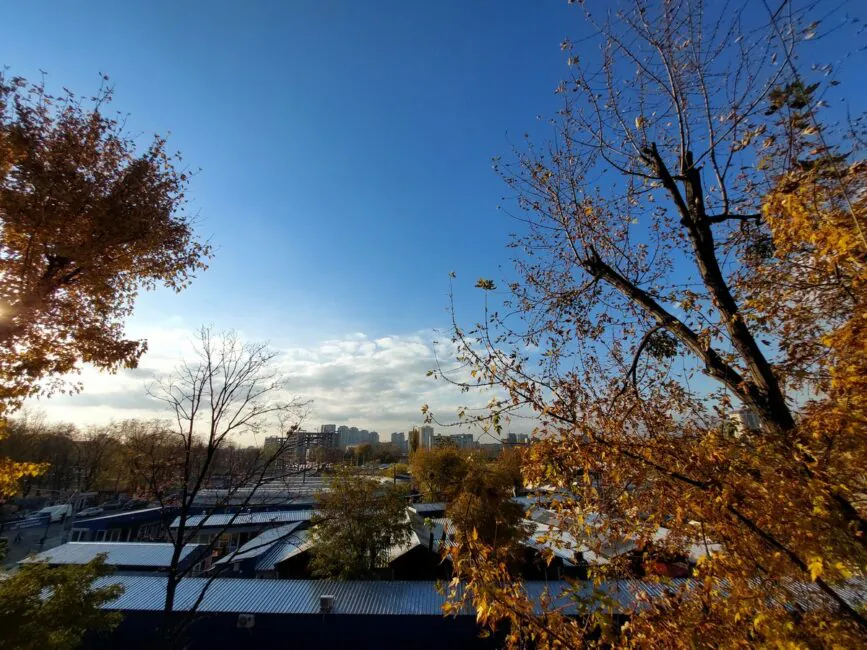
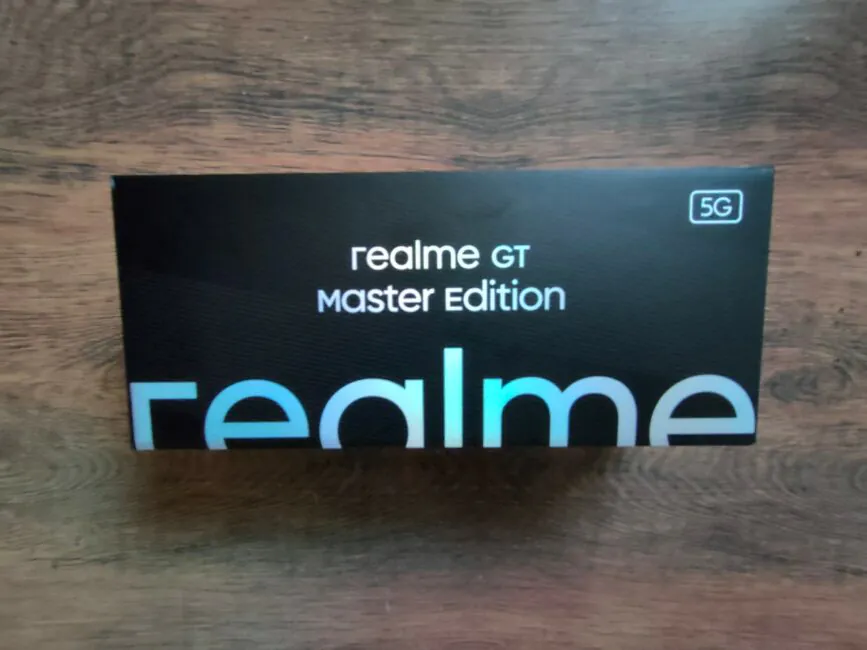
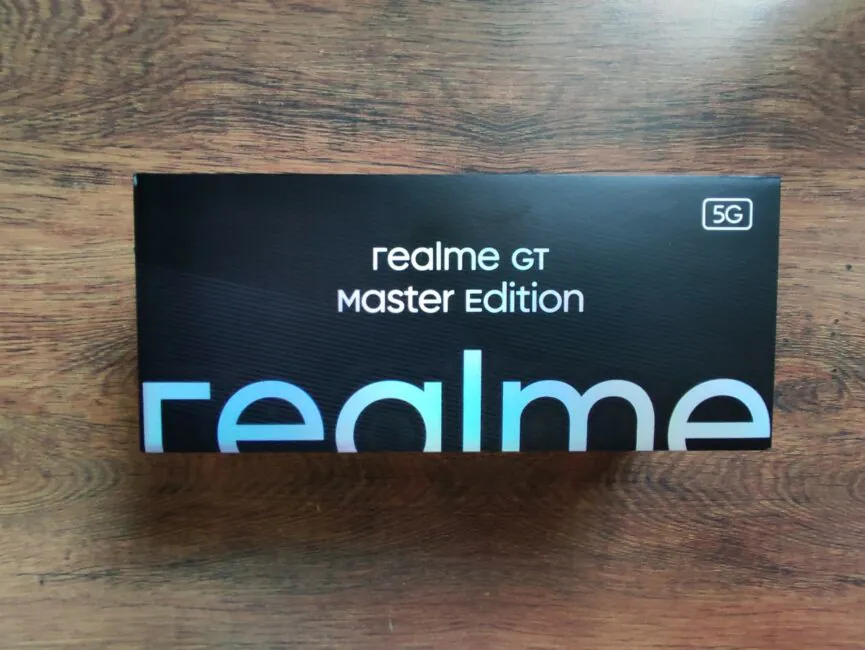
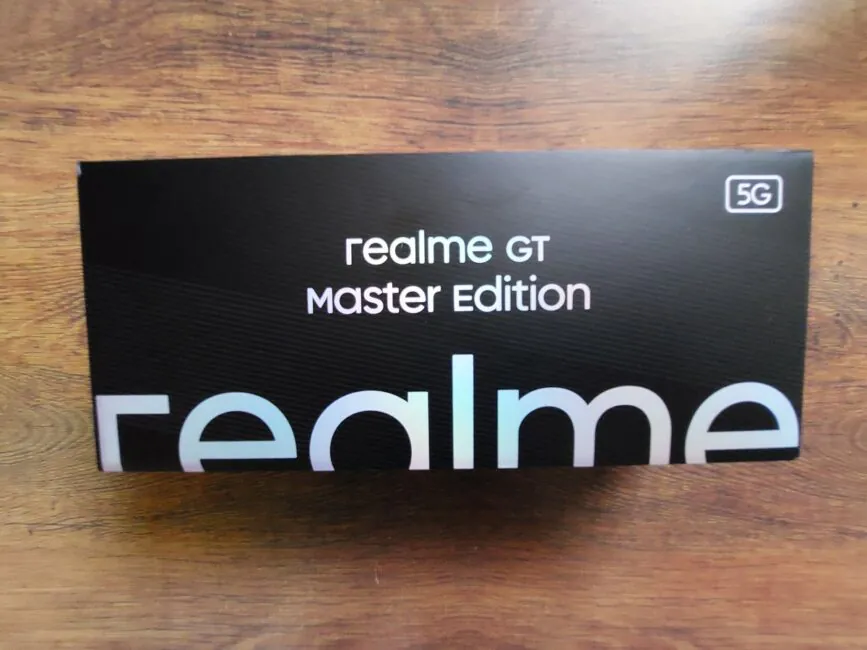


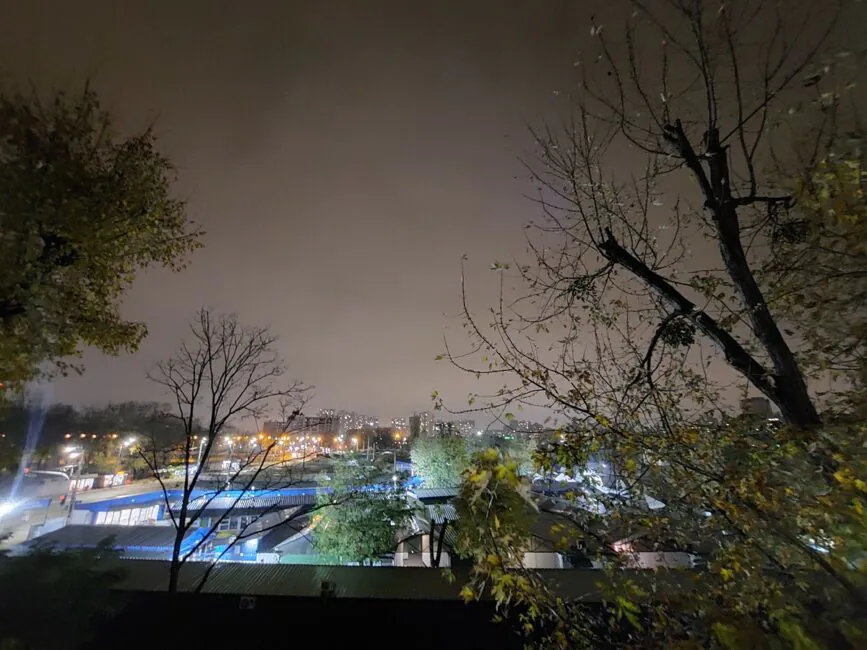






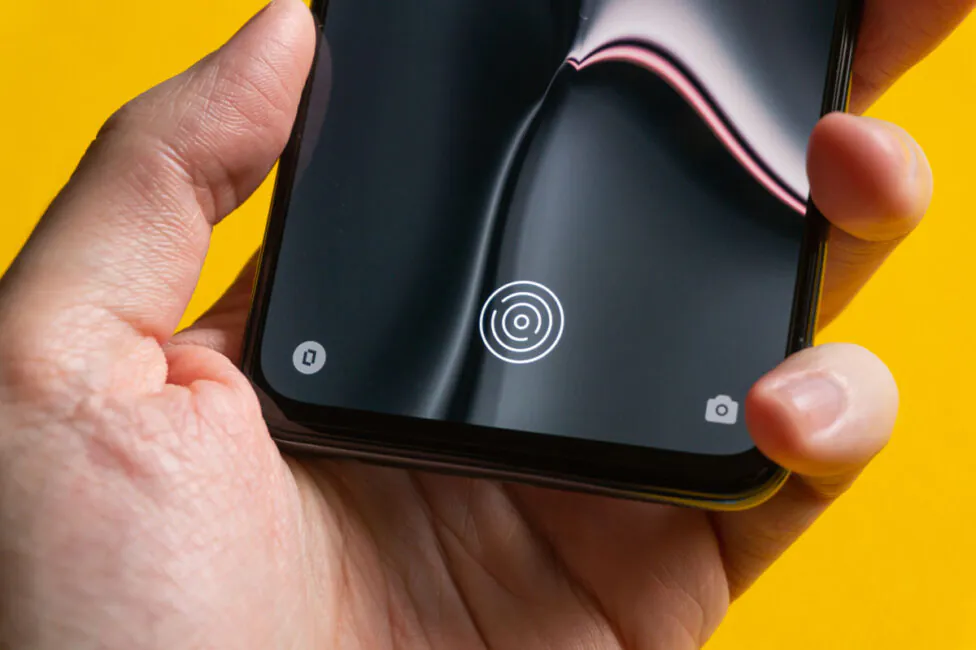
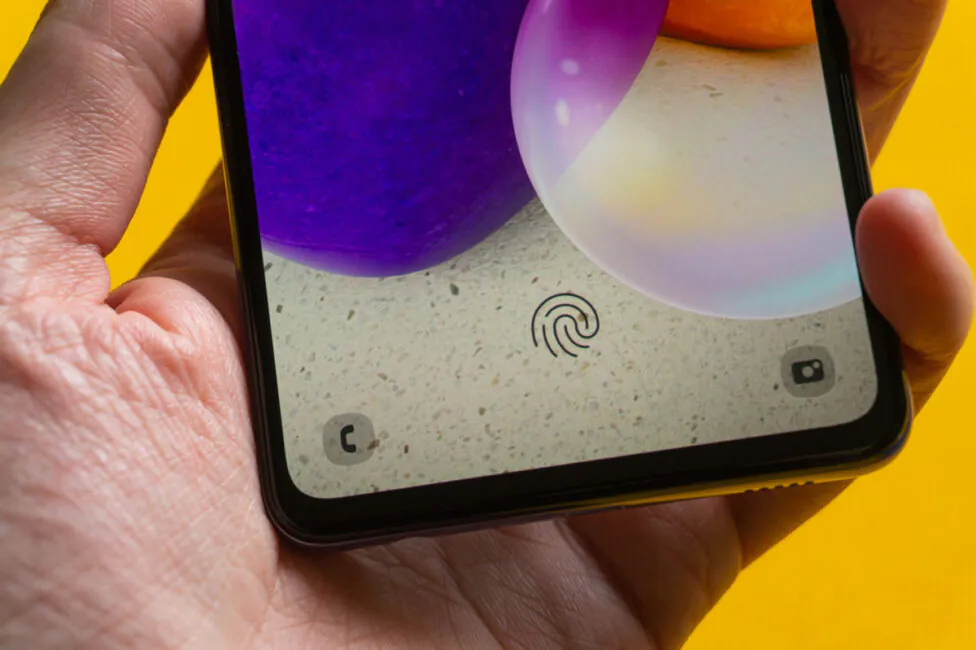
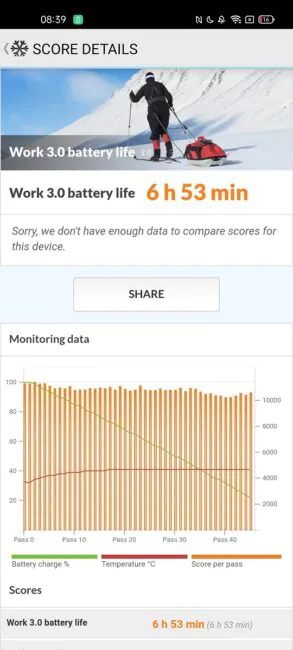
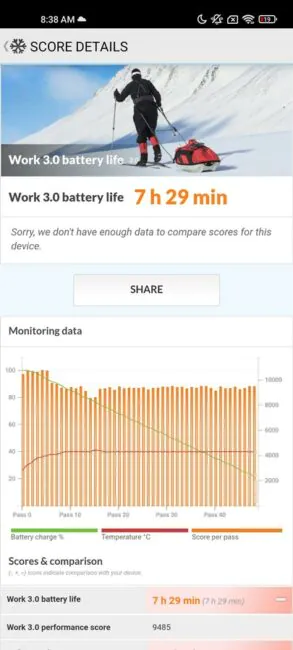
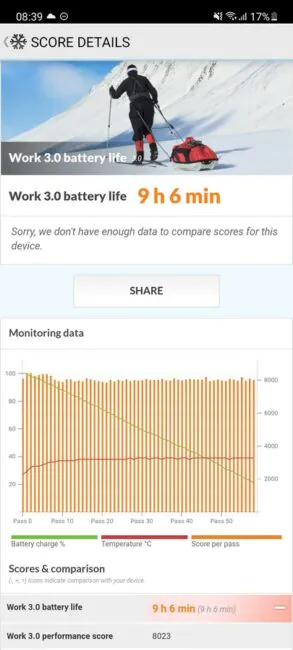
Great review!